Don't have an account? Join for free
For advertising on
Interest to become a seller? Get info
Cart
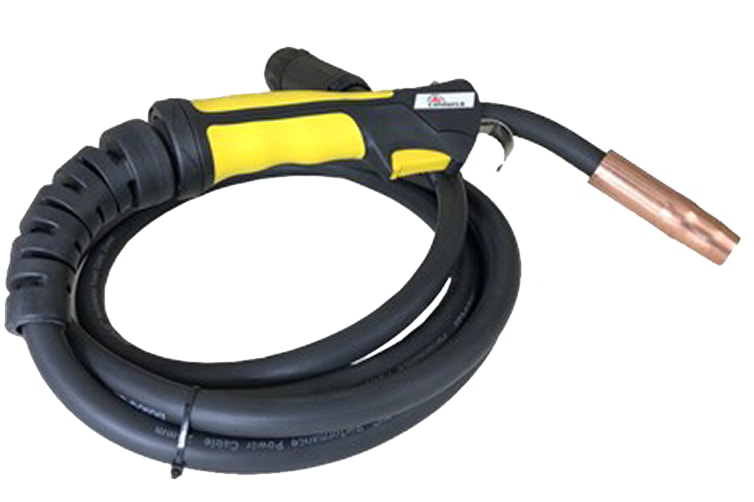
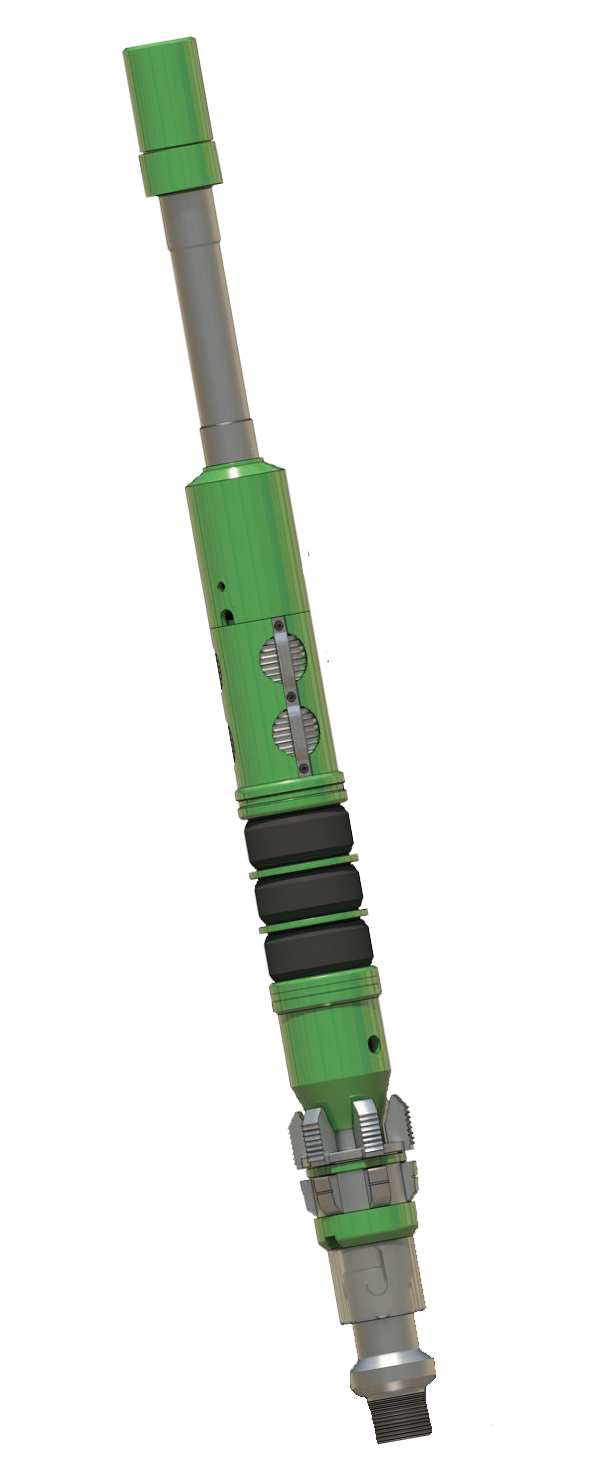
5" Mech-2 Double Grip Mechanical Set Packer for 11.5-15 PPF Casing
Ballycatter Mech-2 Double Grip Mechanical Packer
Available sizes: 5”, 5 1/2”, 6 5/8”, 7”, 9 5/8”, and 10 3/4”
The Ballycatter Mech-2 is a retrievable, compression-set double-grip mechanical packer designed for applications where pressure differentials from below are anticipated, such as combined stimulation and production operations. Featuring opposing slips above and below the packing element, the Mech-2 ensures secure bi-directional anchoring within the casing under varying well conditions.
The tool incorporates a built-in hydraulic hold-down system located beneath the face-seal bypass valve, enabling it to resist upward forces during stimulation treatments. A unique “Differential Lock” mechanism utilizes pressure from below the packer to actuate a balance sleeve, generating additional downward force that maintains bypass valve integrity and ensures a reliable seal.
The Mech-2 is mechanically set using a long-stroke mandrel and a J-slot mechanism. Once positioned, right-hand rotation and applied set-down weight close the bypass valve, engage both slip sets, and compress the sealing elements. The formation below the packer is then fully isolated and accessible only through the tubing. To retrieve, the tubing is raised the full packer length, automatically re-engaging the J-slot and reopening the bypass for pressure equalization and circulation.
With its dual-grip design, hydraulic hold-down, and controlled setting and release process, the Mech-2 offers a robust and dependable solution for demanding applications requiring secure annular isolation and enhanced downhole stability.
View Details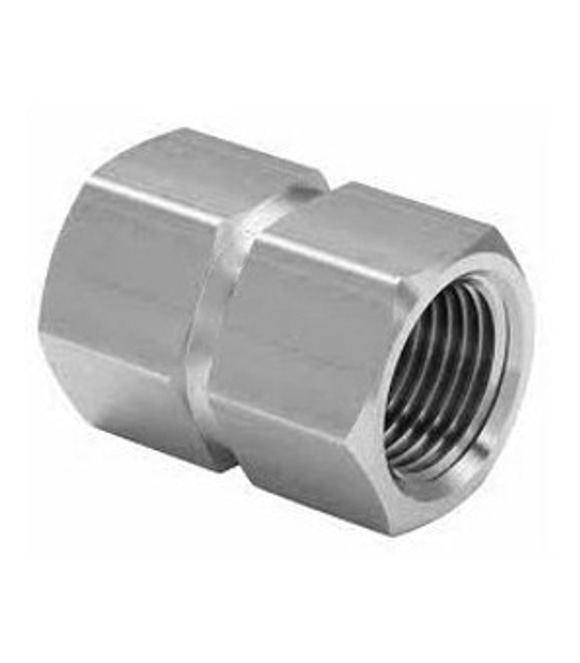
Hex Reducing Couplings Female NPT are precision pipe fittings designed to connect two pipes of different sizes while maintaining a secure, leak-tight connection. The female NPT threads provide a tapered seal that ensures a tight fit when connected to a male NPT thread, making them suitable for high-pressure systems up to 10,000 PSI. The hex shape of the coupling allows for easy tightening with standard tools, providing both convenience and reliability during installation.
Reducing couplings are specifically used when there is a need to transition between different pipe sizes in a system, allowing for flexibility in design and modification of existing pipelines. They help maintain proper flow rates, pressure, and system integrity without the need for custom fittings. This makes them essential in oil and gas systems where varying pipe sizes are common.
These couplings are manufactured from high-quality materials and are compliant with recognized standards, including ASME B1.20.1, SAE AS71051, ISO 7-1, and ISO 228, ensuring consistency, traceability, and durability in demanding applications. Hex Reducing Couplings Female NPT are ideal for situations where space is limited and a reliable connection between different pipe sizes is required, supporting both operational safety and system efficiency.
View Details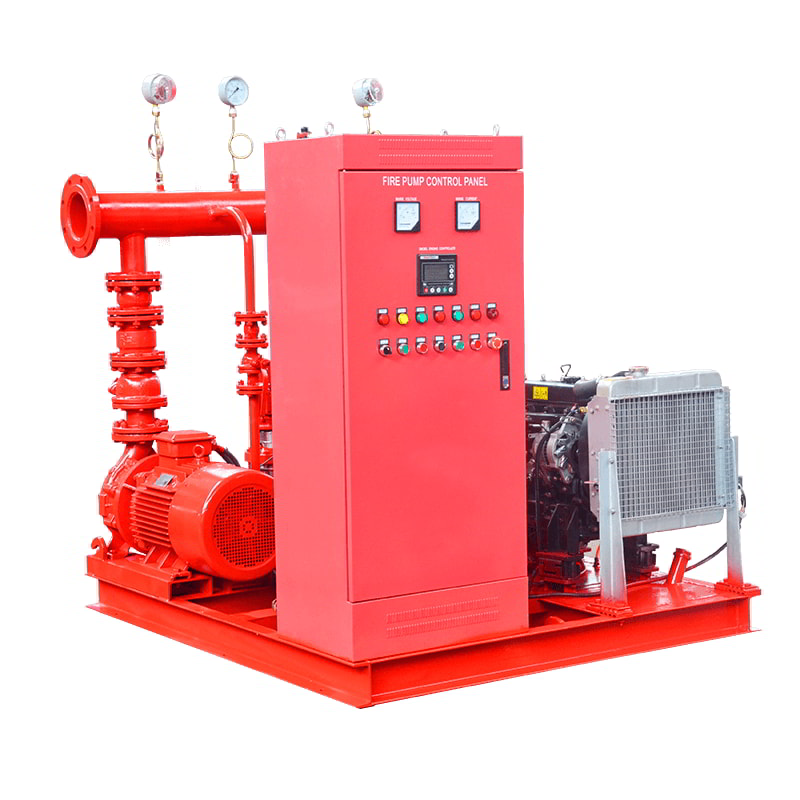
Firewater pump for offshore platforms and onshore installations
Fire pumps are an essential part of many water-based fire protection systems. They are used to increase the pressure (measured in psi and bar) of a water source when that source is not adequate for the system it's supplying. As part of a fire sprinkler system, a fire pump receives water from either an underground water supply or a water tank, lake, or reservoir, and is powered by electricity or diesel fuel. The high-pressure supplied by the pump distributes water through the sprinkler system and hose standpipes. Fire pumps are typically made with non-corrosive internal parts to avoid clogging due to corrosion. View Details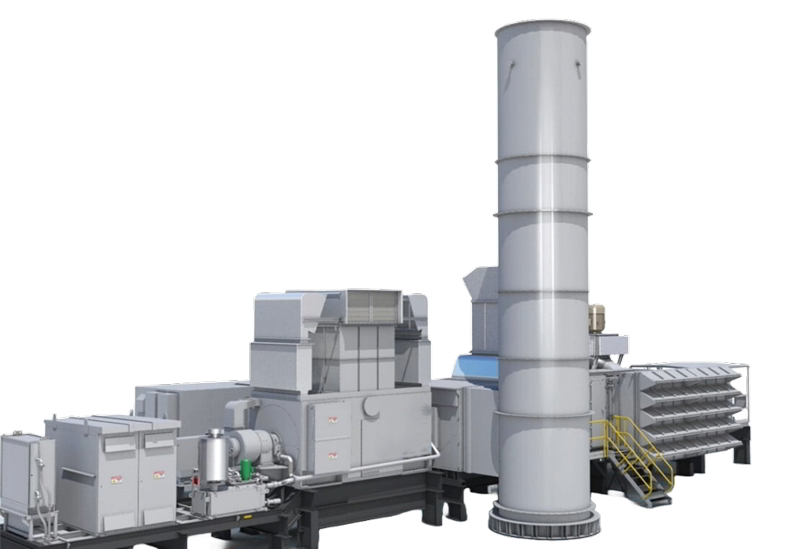
LM2500XPRESS+G5 DLE UPT Gas Turbine
The LM2500XPRESS+G5 DLE UPT is a modular aeroderivative gas turbine system built for fast, flexible, and efficient power generation in both onshore and offshore environments. It is particularly well-suited for applications across LNG facilities, gas pipelines, gas processing plants, and general power generation, including electricity production at both 50 and 60 Hz, without the need for a speed reducer.
The "+G5" designation refers to its fifth-generation power turbine, offering the highest output and efficiency in the 20–40 MW class. It supports both high-speed and low-speed power turbine configurations, allowing integration into a variety of grid or mechanical drive systems.
At its core, the G5 includes a high-pressure compressor derived from the LM2500+G4, now redesigned for longer service life. In a simple cycle, it achieves up to 41% efficiency, which is notable for a turbine of this size class. The system can start from cold and reach load in about five minutes, making it ideal for rapid-response applications.
The unit is built for speed and simplicity. It’s shipped in preassembled modules, with a compact footprint that helps reduce installation time.
The Dry Low Emissions (DLE) system supports environmental compliance without requiring water or steam injection, simplifying operations and reducing resource demands.
Altogether, the LM2500XPRESS+G5 DLE UPT provides a practical solution for projects that need reliable, fast, and efficient power without a complex setup.
View Details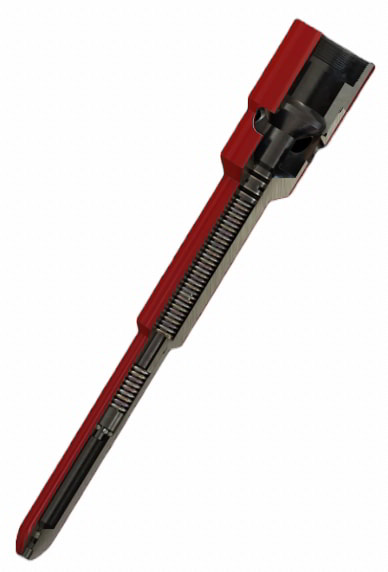
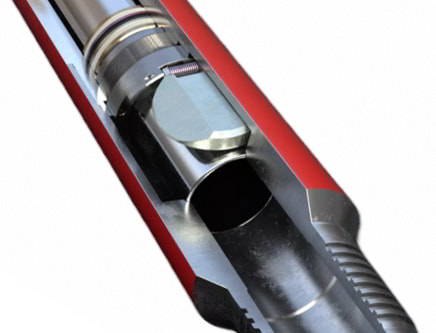
WellStar Tubing Retrievable Surface Controlled Subsurface Safety Valve 2-7/8 inch Halliburton
The WellStar® tubing-retrievable safety valve (TRSV) is a general production, hydraulically operated, downhole TRSV. The rugged hydraulic actuator of the WellStar safety valve provides durability and isolates the internal workings from well fluids through its unique construction. The metal-to-metal (MTM) sealing integrity in the body joints and closure mechanism places it in a premium valve category while featuring an economical price. Proven through years of installations, the simple, compact design enhances the valve’s overall reliability and provides for trouble-free operation. Applications » General production completions Features » Simple, compact design » Complete MTM well containment in the closed position (body/seat connections and flapper) » MTM flapper sealing (no resilient seal required) » Unique hydraulic actuation (single-piece piston/ flow tube) » Hydraulic chamber construction isolates the majority of the internal valve components and exposes them to clean hydraulic fluid » Positive debris barrier at both ends of flow tube in full open position » Maximized piston area and spring force » Flow tube construction prevents well solids and debris from settling on top of the piston *information referenced from supplier catalog. View Details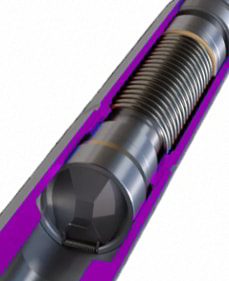
4-1/2 inch SP SCSSSV Tubing Retrievable
The SP™ tubing-retrievable safety valve (TRSV) is a single rod-piston non-elastomer flapper valve designed for hostile environments and extended life applications where ultimate reliability is required. Potential leak paths within the valve are minimized with the single rod-piston design. The piston achieves a metal-to-metal (MTM) seal at its uppermost and lowermost positions to seal well pressure from the control system. The SP valves incorporate flappers using spherical radius sealing surfaces that help greatly improve seal reliability. The spherical radius design provides full MTM sealing integrity. For applications where either the OD or ID is restrained, SP valves incorporate a contoured flapper. OD/ID relationships are improved by the contoured flapper design, which helps provide superior MTM sealing when compared to other forms of curved flapper technology. Applications » For applications requiring ultimate reliability and longevity, such as high-temperature/high-pressure, and subsea completions, or hostile well environments Features » Non-elastomer dynamic piston seals » MTM static seal at upper and lower piston positions » MTM body joints » Flow tube fluted guide » 100% MTM flapper » Concentric thrust bearing » Wiper ring on upper flow tube » Cleanout ports in flow tube’s upper end » Internal exercise profile » Flow tube shock absorber » MTM face seat at flow tube downstop » Setting depths to 9,000 ft (2743 m) » Critical components isolated from well debris with valve in open position » Area above flow tube free of solids buildup » Flow tube can be manipulated by slickline » Protected from high flow rate slam closures *information referenced from supplier catalog. View Details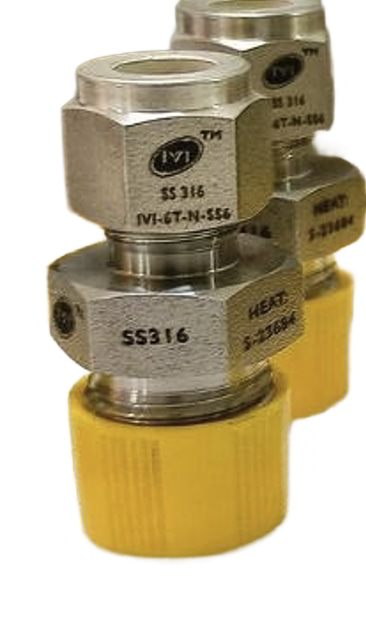
Tube Fittings Male Connectors are precision parts used to connect tubing directly to a threaded port in oil and gas systems. One side of the connector is designed for tubing, while the other side has an ISO tapered male thread that screws into valves, manifolds, pumps, or other equipment.
These connectors are made for high-pressure applications, with working pressure ratings up to 6000 PSI. The tapered thread design creates a tight, reliable seal that prevents leaks of gas or liquid, even under vibration, temperature changes, or fluctuating pressures.
They are commonly used in drilling rigs, wellhead equipment, hydraulic control lines, instrumentation systems, and process piping. Available sizes include 1/8”, 5/16”, 3/8”, and 1/2”, making them suitable for a wide range of tubing diameters.
By ensuring a strong, leak-free connection, Tube Fittings Male Connectors improve safety, reduce downtime, and support efficient operation in demanding oil and gas environments.
View Details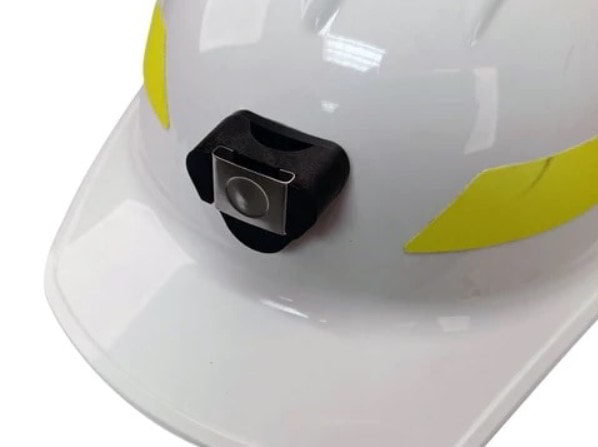
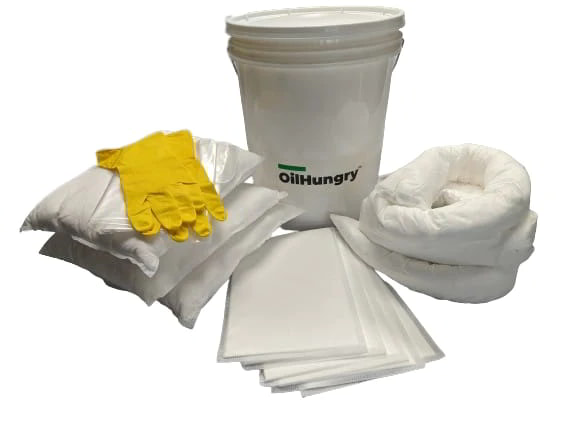
Oil Spill Kit - 5 Gallon Bucket
The spill kit contains a curated selection of components designed for effective and targeted response to oil-based spills. 5 Oil-Only Absorbent Pads Size: Standard 8” x 11.5” Purpose: Swiftly absorb and contain oil-based liquids, preventing further spread and facilitating quick cleanup. 3 Oil-Only Absorbent Pillows Size: 18” x 18” Purpose: Larger pillows for enhanced absorption, particularly useful for managing larger volumes of spilled oil. 2 Oil-Only Absorbent Socks (3"x4') Size: 3 inches in diameter, 4 feet in length Purpose: Contain and control the spread of oil spills, especially effective in restricting the movement of liquids in confined spaces. Disposal Bags Purpose: Facilitate the proper containment and disposal of used absorbent materials, ensuring a responsible and hygienic cleanup process. Nitrile Gloves (1 Pair) Purpose: Essential personal protective equipment for safe handling during the cleanup, protecting hands from direct contact with oil-based substances. Advantages and Applications • The combination of pads, pillows, and socks caters to different spill sizes and scenarios, providing a versatile solution for oil-based spills. • The inclusion of larger pillows enhances the kit's capacity to address spills effectively, ensuring a swift and comprehensive cleanup process. • Nitrile gloves prioritize the safety of personnel involved in the cleanup, preventing direct contact with potentially harmful substances. • Disposal bags contribute to responsible waste management, ensuring the proper containment and disposal of used absorbent materials. The spill kit is well-suited for a range of industrial operations, where oil-based spills may occur. Its comprehensive components make it a valuable tool for addressing various spill sizes and ensuring a quick, efficient, and environmentally responsible cleanup process. The spill kit boasts a total absorption capacity, capable of absorbing up to 15 liters (3.87 gallons) of liquid. This capacity signifies the kit's effectiveness in managing spills of varying sizes, making it a reliable and versatile solution for fluid cleanup. Whether addressing smaller incidents or more substantial spills, the spill kit's impressive absorption capacity ensures a comprehensive and efficient response to liquid-based challenges. Water-Resistant Spill Kit is designed for oil-based spills, showcasing water-resistant properties. The kit's composition ensures effective cleanup of oil spills in diverse environments, including land, rivers, lakes, and oceans. By selectively absorbing oil while repelling water, it provides a reliable solution for managing oil spills in various settings, making it versatile and suitable for a wide range of spill response scenarios. View Details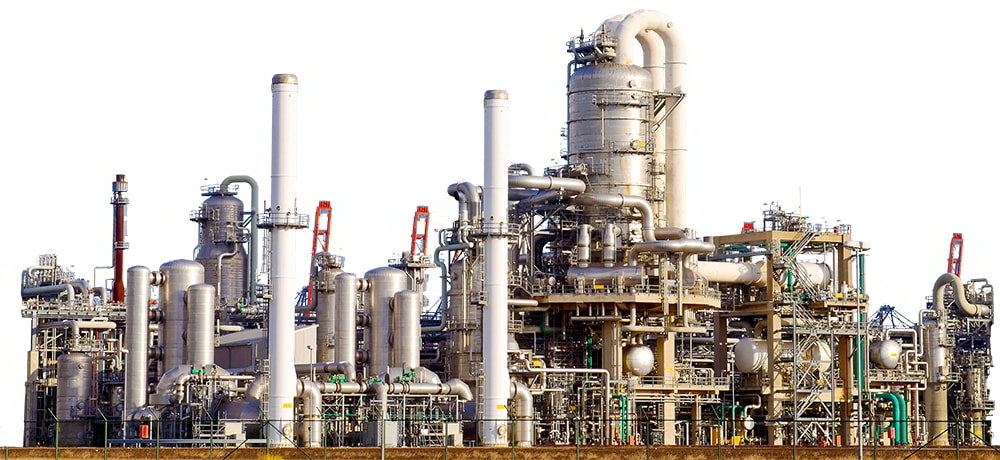
Refinery capacity available for long term contracts in multiple geographic locations
Construction timelines for a modular refinery can range from 12 to 18 months from the start of a project to the first barrel of oil processed. It is time and cost efficient to utilise space in existing refining and storage facilities. View Details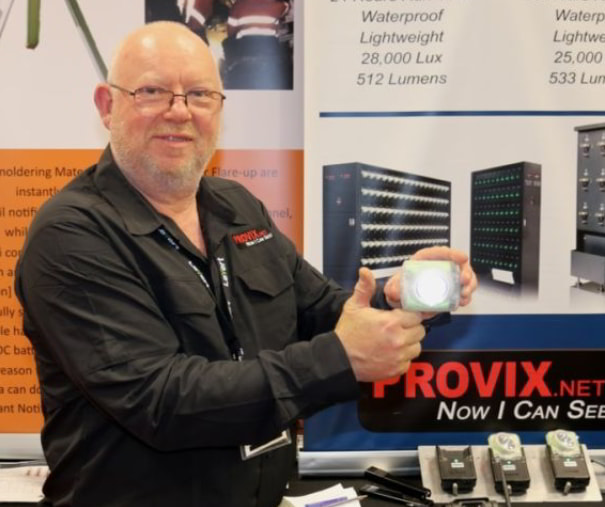
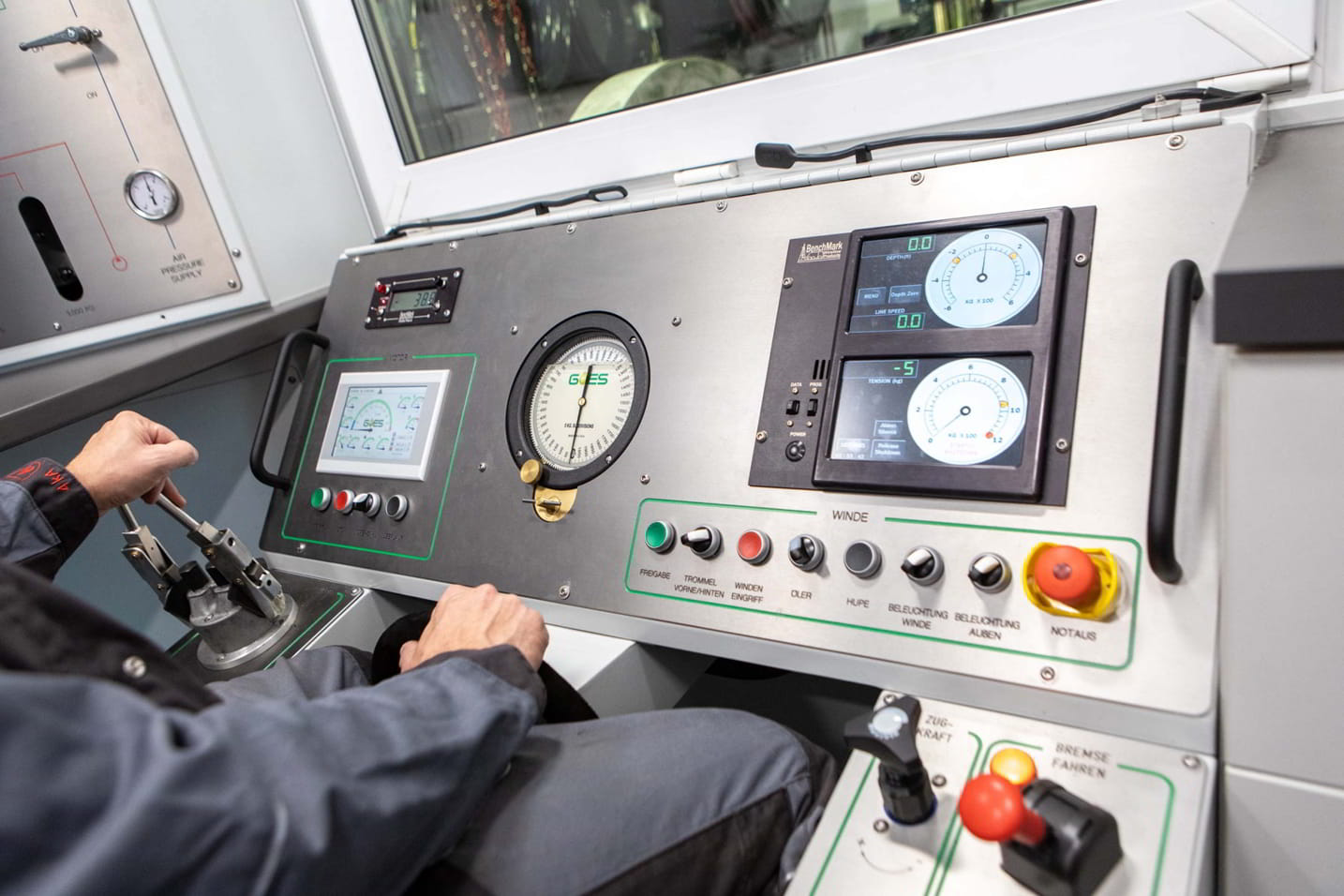
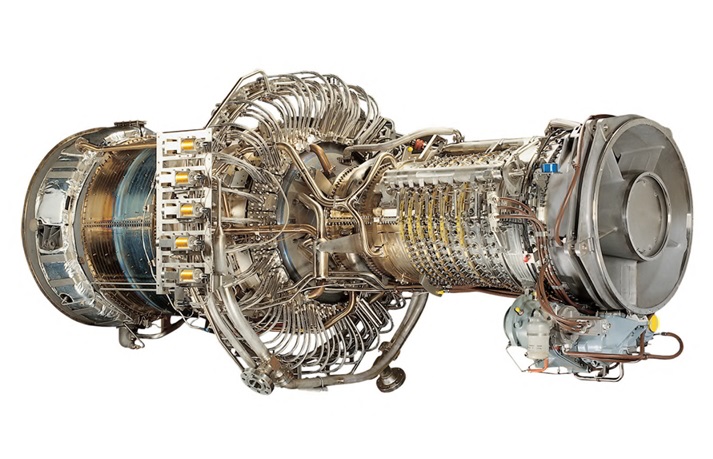
LM2500+G4 DLE U PT Gas Turbine
The LM2500+G4 DLE U PT is a versatile gas turbine designed for a wide range of applications, including onshore and offshore power generation, gas pipeline compression, and LNG compression. It features Dry Low Emissions (DLE) technology, which reduces nitrogen oxide (NOx) emissions to as low as 25 parts per million by volume (ppmv) at 15% oxygen, meeting stringent environmental standards.
In the oil and gas industry, production rates are closely linked to available horsepower. The LM2500+G4 DLE U PT offers higher power output, high reliability, and a lower initial cost per kilowatt, making it a cost-effective solution for energy-intensive operations.
This turbine has proven its capability to operate reliably in extreme ambient conditions, with running data demonstrating performance at temperatures as low as -50°F and start-up capability down to -40°F. This wide operational temperature range ensures dependable service in harsh environments.
Fuel flexibility is a key strength of the LM2500+G4 DLE U PT. It can seamlessly switch between various fuels—lean treated natural gas, rich offshore gas, propane, or diesel—without shutting down or losing efficiency. This flexibility supports energy security, allowing continuous operation even if the natural gas supply is interrupted. Additionally, the turbine can be adapted to burn alternative fuels like bioethanol and naphtha, further enhancing fuel options.
A notable advantage of aeroderivative gas turbines like the LM2500+G4 DLE U PT is their ability to operate on hydrogen blends, which produce no carbon emissions when combusted. Both new turbines and existing units can be converted for high hydrogen fuel use, supporting decarbonization goals.
Moreover, the LM2500+G4 DLE U PT is truly dual-fuel capable, able to switch from 100% natural gas to 100% propane without the need for pilot fuels. This contrasts with dual-fuel reciprocating engines, which typically require about 5% diesel during gas operation, increasing costs and emissions. The LM2500+G4 DLE U PT’s fuel flexibility, emission controls, and robust design make it a reliable and efficient choice for demanding mechanical drive and power generation needs in the oil and gas sector.
View Details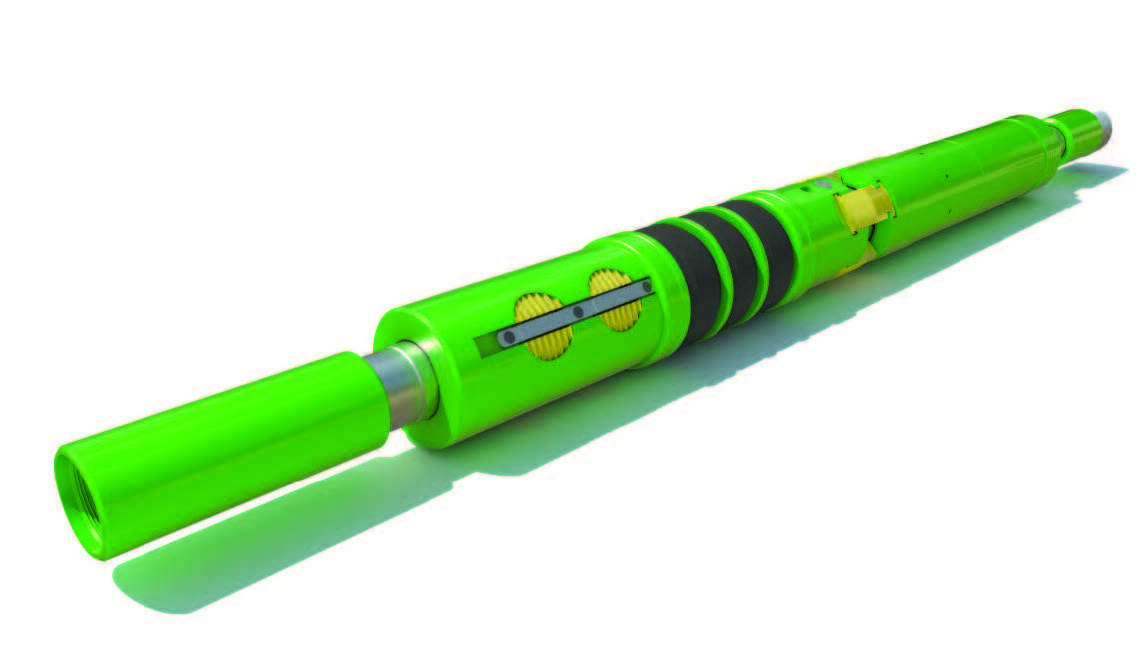
Hydraulic Set Large Bore Retrievable Production Packer
The HPL-1 Large Bore Hydraulic Set Retrievable Production Packer is a high-performance isolation toolactivated using tubing pressure, eliminating the need for mechanical manipulation. When pressure is applied against an underneath plugging device, the hydraulic setting mechanism engages, compressing the multiple packing element system to create a secure seal between the tubing and casing. Designed for versatility, the HPL-1 is available in 7” and 9 5/8” large bore options, making it ideal for high-volume production and injection applications. This design allows the packer to be set at any depth, making it particularly effective in low hydrostatic head wells while ensuring well integrity after the tubing is in place, even in large-diameter casing environments.
Once set, the double-grip system secures the packer in position using hydraulic hold-down pistons and a body lock ring, preventing unwanted movement due to pressure fluctuations or tubing expansion. Themechanically locked setting force ensures that reductions in bottom-hole pressure or tubing contraction do not weaken the seal, providing long-term reliability in production, injection, and zonal isolation applications. With the 7” and 9 5/8” options, the HP-1 is well-suited for high-flow rate completions, offering exceptional sealing performance and operational efficiency in larger casing sizes.
To retrieve the packer, operators can apply a straight upward pull, or, if equipped with the optional right-hand rotational release, use torque combined with a shear release mechanism. This flexibility allows for efficient removal in both standard and deviated wells, making the HP-1 packer a versatile, high-capacity solution for a wide range of completion designs, including large-bore well systems requiring robust isolation and retrieval capabilities.
View Details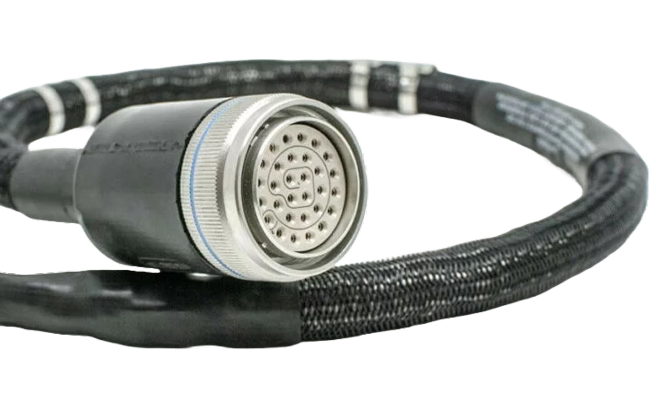
Off-Engine Electrical Cable Harness – E3/E17 for LM-Series Turbines
The E3/E17 off-engine electrical cables are designed for resilience in the toughest of applications. To protect the critical wiring components from exposure to harsh environmental conditions, these cables incorporate rugged materials and advanced protective features.
Used with LM2500 gas turbines, these cables are located outside the engine and serve as essential links between the turbine’s internal control systems and external instrumentation, control panels, and auxiliary equipment.
Built to withstand vibration, moisture, extreme temperatures, and chemical exposure, E3/E17 cable harnesses include stainless steel connectors, rubber or fluoropolymer over-molding, and electromagnetic interference (EMI) shielding to maintain signal integrity and durability.
The E3/E17 classifications indicate different cable configurations and connector types tailored for specific LM turbine system requirements. Both ensure reliable transmission of electrical power and control signals critical to turbine operation, safety, and performance monitoring.
Manufactured with custom materials and protective coatings, these cables comply with hazardous location standards such as ATEX and UL/CSA certifications. Their robust design provides long service life with minimal maintenance, supporting high fleet availability and operational reliability.
In oil and gas applications, where equipment is exposed to extreme environments and strict safety regulations, the E3/E17 off-engine cables offer dependable, durable connectivity. Their rugged construction and certification for hazardous locations make them ideal for maintaining safe, continuous turbine operation in demanding field conditions.
View Details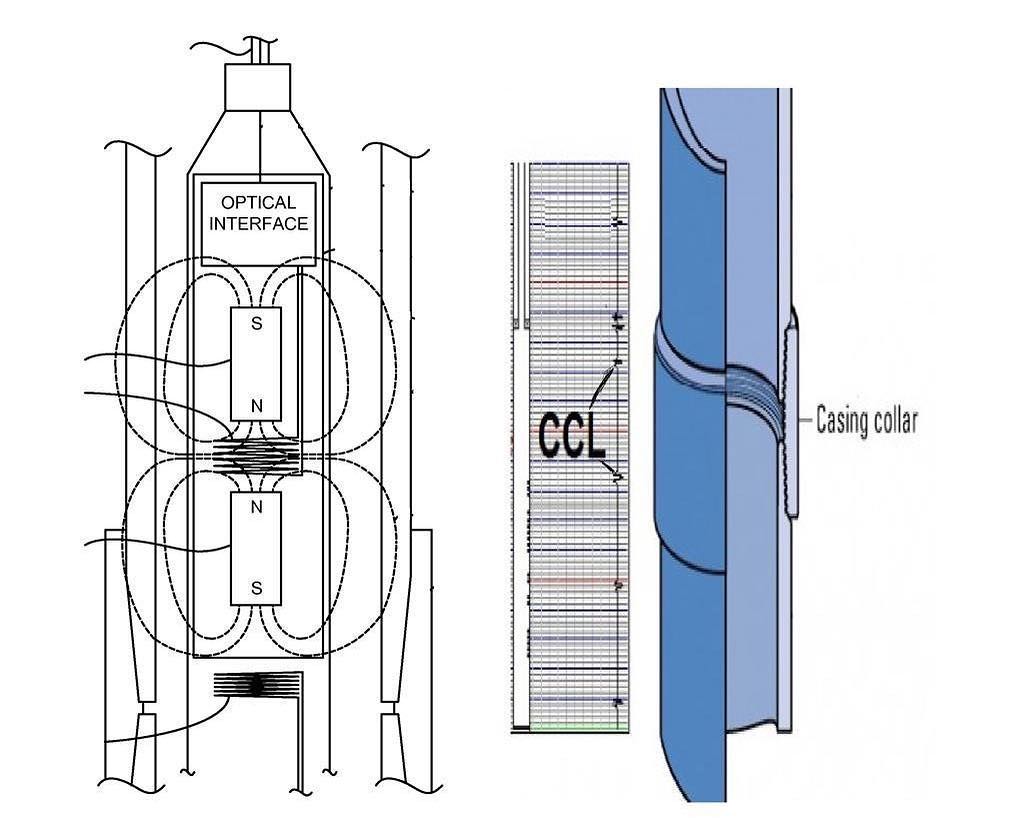
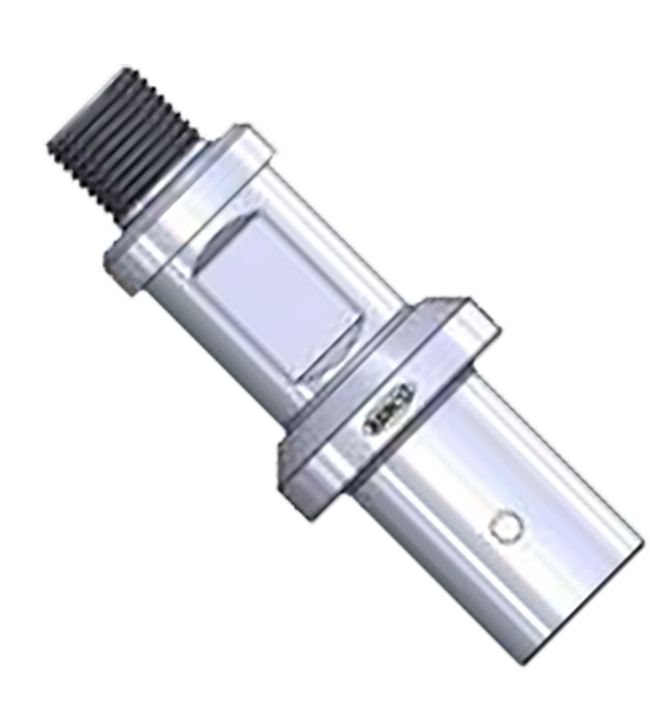
Miscellaneous Slickline Running Tools
Unlocking Downhole Potential with HOCA Oil Tools' Miscellaneous Running Tools In the dynamic and complex world of oil and gas operations, versatility and precision are key to overcoming the myriad challenges encountered downhole. At HOCA Oil Tools, we understand that every operation is unique, requiring specific tools for optimal performance. This is why we proudly offer our range of Miscellaneous Running Tools, designed to meet the diverse needs of downhole operations with unparalleled efficiency and reliability. HOCA's Miscellaneous Running Tools: A Symphony of Versatility and Efficiency Our Miscellaneous Running Tools encompass a wide array of equipment, each crafted to address specific downhole tasks and challenges. From setting and retrieving plugs, packers, and gauges to handling unique downhole interventions, these tools are the unsung heroes of the oilfield, ensuring smooth and successful operations. Manufactured with precision and built to withstand the harsh downhole environment, our tools embody our commitment to quality, innovation, and functionality. Experience the HOCA Oil Tools Advantage At HOCA Oil Tools, we are dedicated to empowering the oil and gas industry with superior downhole solutions. Our range of Miscellaneous Running Tools is a reflection of this commitment, designed to address the multifaceted challenges of modern downhole operations. Whether you're tackling routine maintenance or facing complex well intervention scenarios, our tools provide the versatility, efficiency, and reliability you need to succeed. Incorporating our Miscellaneous Running Tools into your operations means partnering with a company that understands the intricacies of downhole challenges and is committed to providing solutions that drive success. With HOCA Oil Tools, you're not just choosing tools; you're choosing a partner dedicated to supporting your operational goals with innovative and dependable solutions. Choose HOCA Oil Tools for your downhole needs and join the ranks of satisfied customers who rely on our Miscellaneous Running Tools to unlock the full potential of their operations. Elevate your downhole success with HOCA Oil Tools – where innovation, efficiency, and reliability converge. View Details
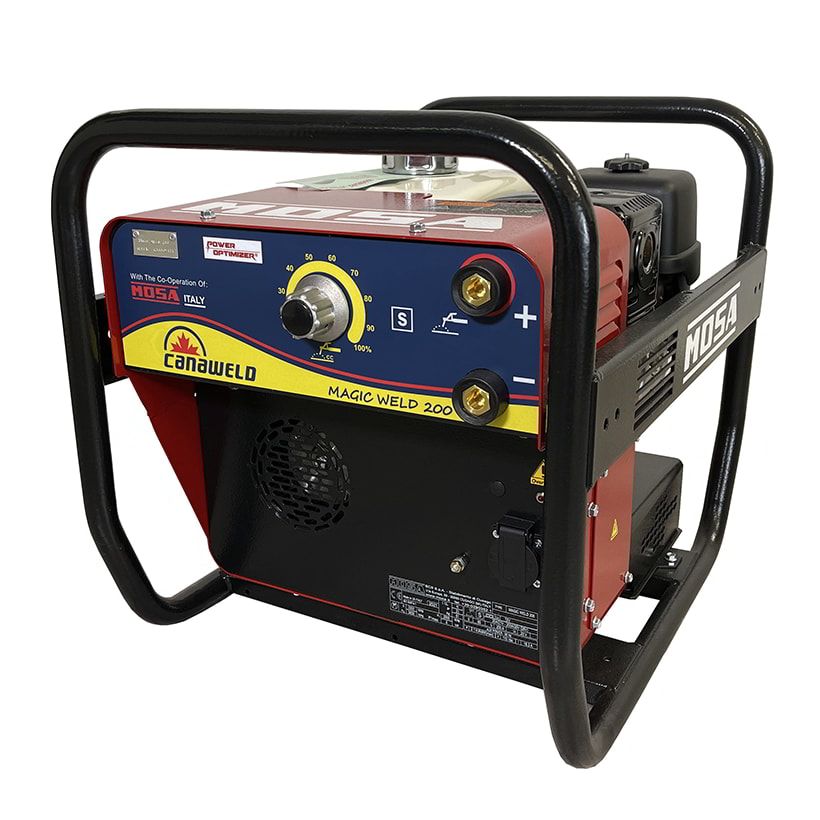
MAGIC WELD 200 light-weight 200-Amp DC Stick welder
Introducing the MAGIC WELD 200: Unleash the Power of Welding and Portability! At Canaweld, we understand the demands of welders on-site and in the field. That's why we're thrilled to present the MAGIC WELD 200 - the ultimate fusion of welding capabilities and generator portability, designed to elevate your welding experience to new heights. Powerful Performance in a Lightweight Package The MAGIC WELD 200 is a true powerhouse in its class, offering an impressive 200-Amp DC Stick welder in a lightweight design. Built for everyday use, this versatile welder doubles as a portable generator, providing the power and efficiency you need in any welding or electrical project. Engineered for Precision and Power Paired with the exceptional Honda GX 270 four-stroke engine, the MAGIC WELD 200 delivers a powerful and steady arc for flawless welding performance. Its auto idle feature maximizes fuel efficiency and extends the engine's lifespan, ensuring you can tackle even the most demanding tasks with ease. The Perfect Companion On-Site or Around the Farm Weighing just 135 lbs. (61 Kg) and boasting a remarkable 200A in 60% duty cycle, the MAGIC WELD 200 is your go-to companion on-site or around the farm. Its sturdy construction and full steel frame offer optimal machine protection, while the optional extra trolley and wheels add even more convenience to your welding journey. Safety and Innovation at the Core Safety is our top priority, and that's why the MAGIC WELD 200 is equipped with the "Power Optimizer" function - a special feature patented by MOSA. This innovative technology prevents engine overload when nearing its power limit, keeping you and your equipment safe. Certified Excellence Rest assured, the MAGIC WELD 200 is CE certified, meeting the highest standards of quality and safety. Its engine complies with U.S. EPA and California EXH/EVP SORE Regulations, making it an eco-friendly and compliant choice. Unleash the Magic of Welding and Portability With the MAGIC WELD 200, you can now experience the perfect harmony of welding capabilities and generator portability. Empower yourself to take on any welding or electrical challenge with precision and power. Canaweld - Your Partner in Welding Excellence At Canaweld, we take immense pride in providing welding machines and accessories that cater to the unique needs of welders in the oil and gas industry. The MAGIC WELD 200 embodies our commitment to excellence and innovation, and we are thrilled to offer you this game-changing welding solution. Unlock the magic of welding prowess and unparalleled portability with the MAGIC WELD 200. Your welding success awaits! Canaweld - Empowering Your Welding Journey! View Details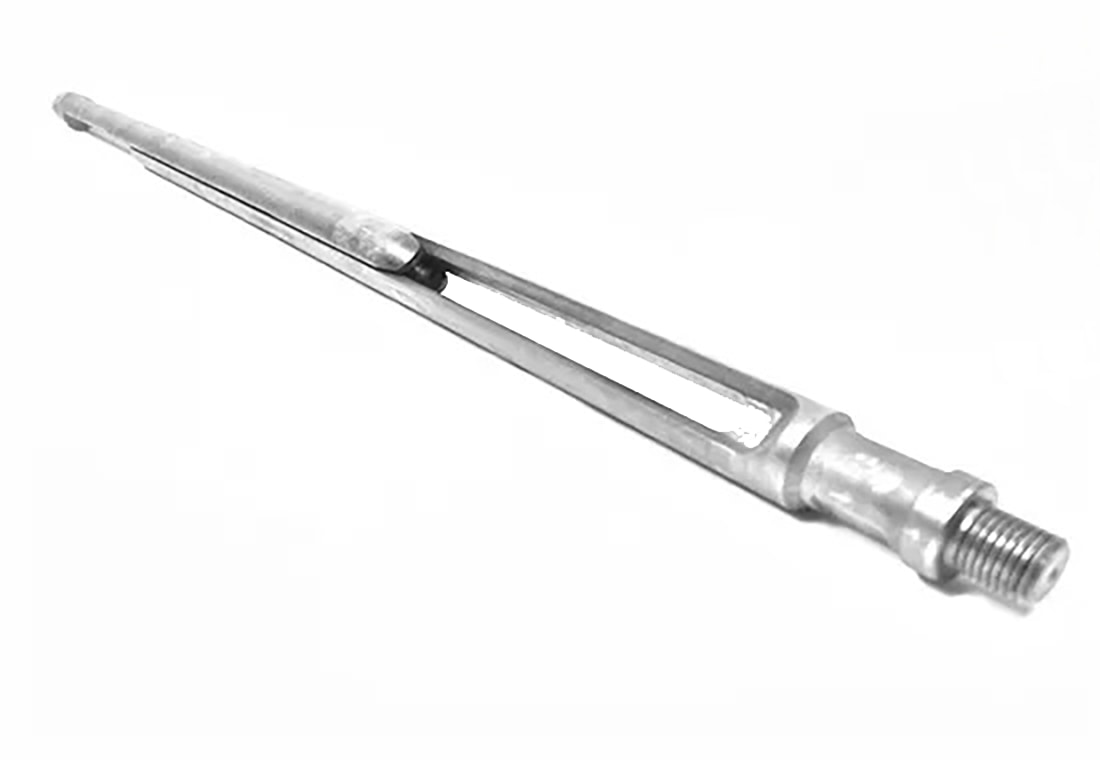
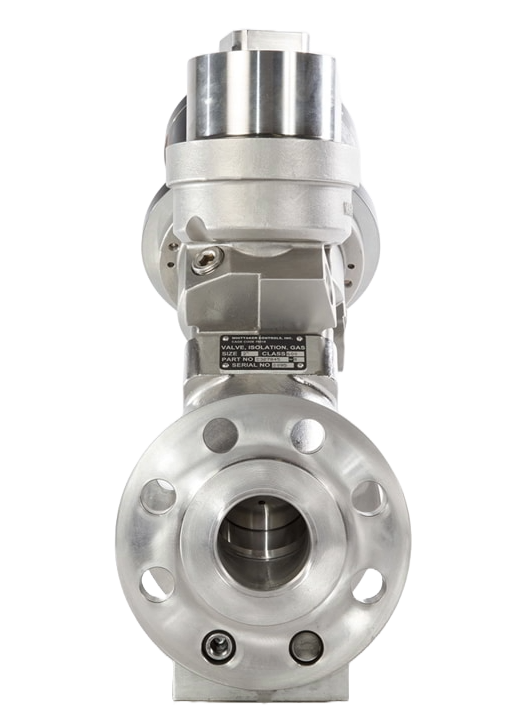
3” Sleeve Style Gas Blowoff Valve
The Blowoff Valve is a 3-inch sleeve-style gas blowoff valve designed for use in aero-derivative industrial gas turbines. Its primary function is to isolate gas fuel during turbine shutdowns or emergency events, helping prevent overspeed conditions and damage caused by uncontrolled combustion.
This valve features a solenoid-pilot actuation system and operates with either 24 VDC or 95–140 VDC electrical input. It is designed with a 3-inch outlet flange and built entirely from stainless steel materials to ensure durability and compliance with NACE standards for sour gas environments.
Performance characteristics include a 110 millisecond full-stroke opening time and 1 second full-stroke closing time, meeting the rapid response requirements necessary for turbine protection. The valve is capable of withstanding heat soak temperatures up to 400°F, allowing it to function reliably in high-temperature turbine enclosures.
For safety in hazardous environments, the blowoff valve is certified to CE-ATEX Group IIA, Category 3, Zone 2, T3, supporting its use in oil and gas facilities with potentially explosive atmospheres.
This valve is often used in redundant pairs to provide dual isolation capability, increasing system reliability. Its application is critical to turbine safety systems, ensuring that fuel flow can be quickly and reliably shut off when required.
View Details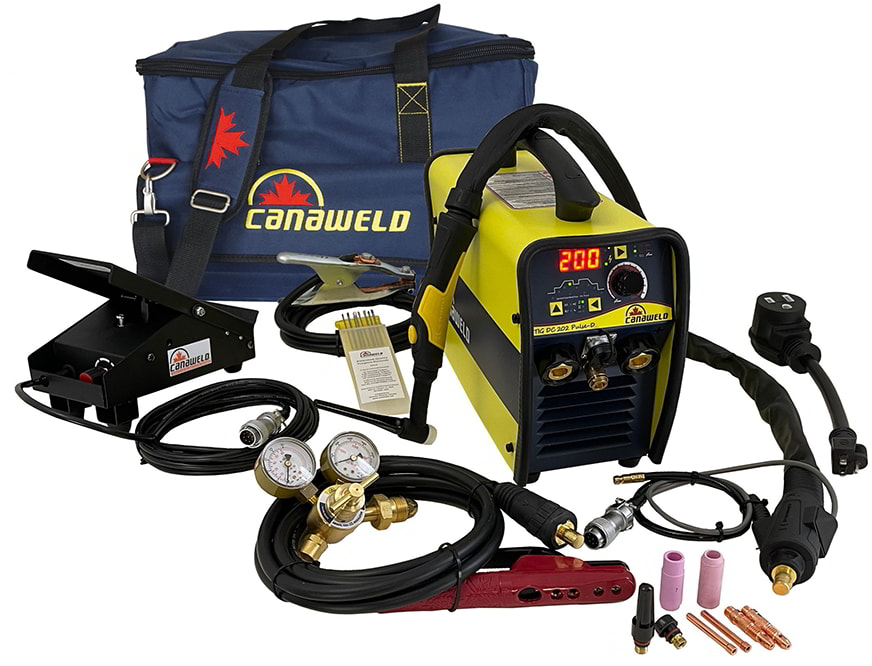
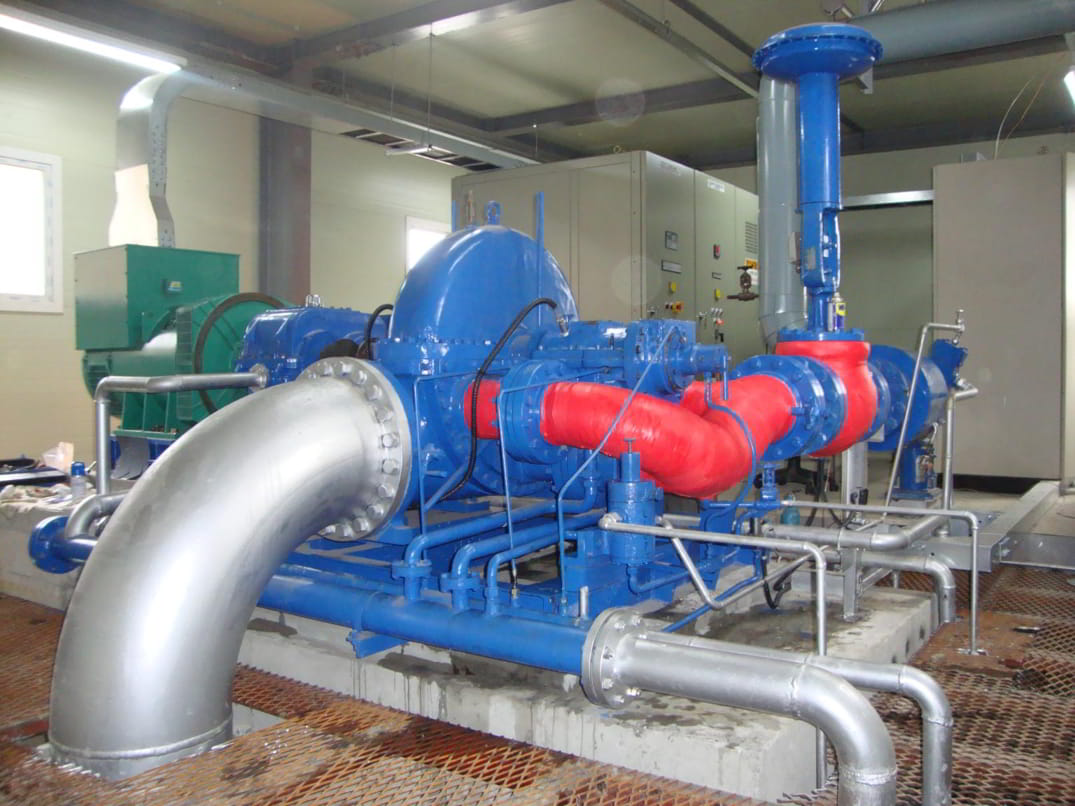
ET-30 Single Stage Steam Turbine
Experience Unmatched Efficiency with Kessels ET-30 Single Stage Steam Turbine: Your Powerhouse for Precision In the world of industrial steam turbines, precision, reliability, and efficiency are non-negotiable. Kessels Steam Turbines is proud to introduce the ET-30 Single Stage Steam Turbine, a technological marvel that sets new standards in steam turbine excellence. Mastering Single Stage Steam Turbines Our Single Stage Steam Turbines are the embodiment of economy and reliability, serving as mechanical drives for Pumps, Fans, Knives, Compressors, and Generators. Over the past two decades, our engineering team has tirelessly reviewed customer and consultant requirements, meticulously addressing queries while adhering to the stringent standards of API 611 and 612. Unmatched Performance, Even at Low Pressure Kessels Steam Turbines have earned their stripes across diverse industries, renowned for their exceptional performance even under challenging low-pressure conditions. With over 15 frame sizes and design options, we offer Single Stage Steam Turbines capable of handling steam conditions and applications up to a staggering 4,000 HP in single-stage configurations. Industries Served Our Single Stage Steam Turbines find their utility across a spectrum of industries, including Oil and Gas, Food Processing, Chemical Processing, Pharmaceutical, Steel, Paper, Sugar, Palm Oil, Marine, Edible Oil, Rice, and Fertilizer. Versatility in Applications Kessels ET-30 Single Stage Steam Turbines can be seamlessly integrated into an array of applications, including Pump Drives, Fan Drives, Mill Drives, Generator Drives, Compressor Drives, Knives, and Shredder Drives. Power Capabilities Our turbines boast power capabilities ranging from 100 HP (75 kW) to a formidable 4,000 HP (3000KW), with speeds of up to 17,000 RPM. They can operate efficiently under pressures of up to 65 Kg/cm2 (925 Psig) and temperatures reaching 460°C (860°F). Design Versatility With seven distinct models, including Horizontal (axial and radial split), Vertical, API 611- and 612-compliant, Overhung, and between-the-bearings wheel designs, our turbines offer a range of options to suit your specific needs. Choose between metallic or carbon seals, Electronic/Hydraulic Mechanical governors, customized steam path components, Mechanical/Electronic safety trip systems, and Direct-Drive or integral gearboxes with suitable lubrication systems. Choose Kessels for Unrivaled Excellence Choosing Kessels Steam Turbines is a commitment to excellence, innovation, and reliability. Our ET-30 Single Stage Steam Turbine exemplifies these principles, offering you: Unmatched Efficiency: Harness the power of steam with unmatched efficiency, maximizing productivity while minimizing waste. Reliability Beyond Question: Crafted with precision and subjected to rigorous testing, our turbines ensure uninterrupted operations even in the most demanding industrial environments. Application Versatility: Adapt effortlessly to your unique requirements, confident that Kessels' expertise has you covered. Empower Your Future with Kessels In the competitive landscape of industrial steam turbines, every advantage counts. Step into a future of efficiency, reliability, and sustainability with the Kessels ET-30 Single Stage Steam Turbine. Contact us today to discover how our turbine can revolutionize your operations and lead you toward unprecedented success. Kessels Steam Turbines – Powering Progress, Powering You. View Details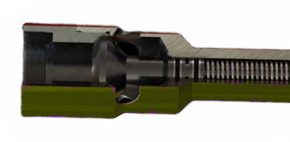
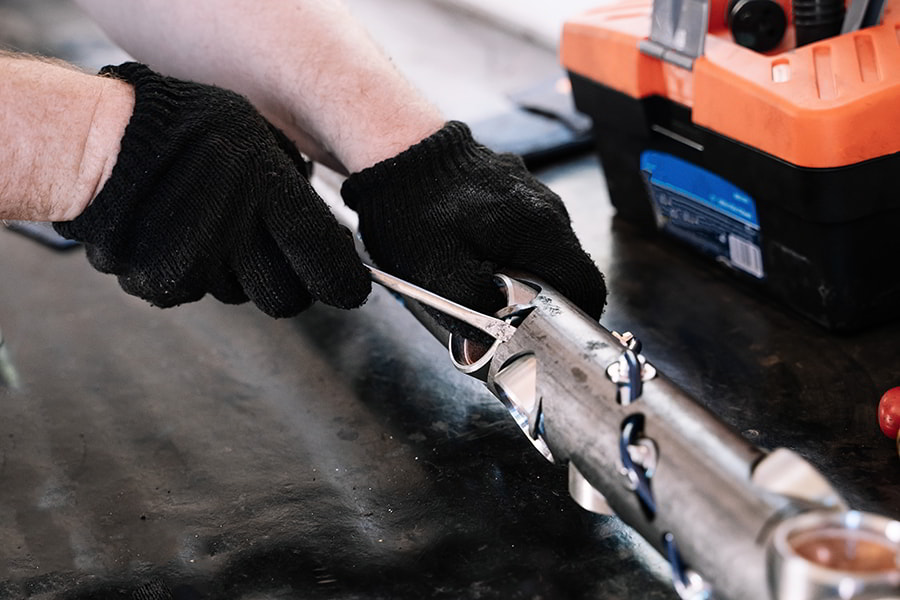
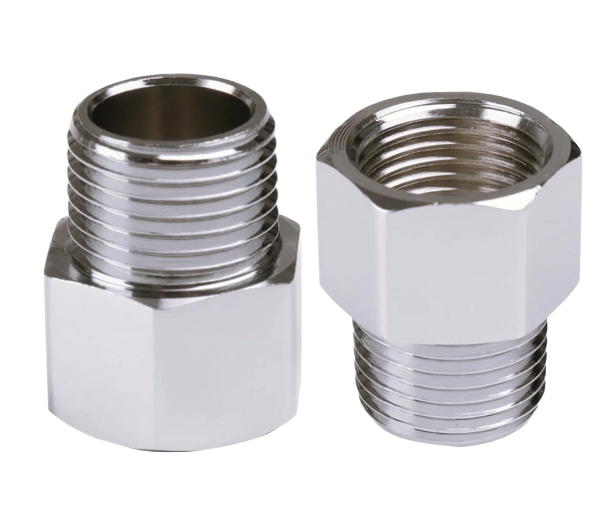
Pipe Fittings Adapters Female to Male NPT are designed to connect a female-threaded pipe or fitting to a male-threaded pipe, providing a secure and leak-resistant joint. They are made from high-quality materials such as stainless steel, brass, and carbon steel to ensure durability and corrosion resistance in demanding environments.
The adapters are suitable for a wide range of pressures, with standard ratings up to 10,000 psi, and conform to industry standards including ASME B1.20.1, SAE AS71051, ISO 7-1, and ISO 228.
These adapters are used extensively in oil and gas applications, instrumentation, and process control systems where it is necessary to adapt different thread types or sizes. Their precise threading ensures maximum engagement and leak-tight connections, making them reliable for high-pressure or critical systems.
Available in sizes ranging from 1/8 inch to 1 inch, these adapters support efficient and safe connections in pipelines, instrumentation panels, and chemical or petrochemical systems. Their compact design allows for installation in tight spaces without compromising performance, and they are free from burrs or debris to maintain smooth flow paths.
View Details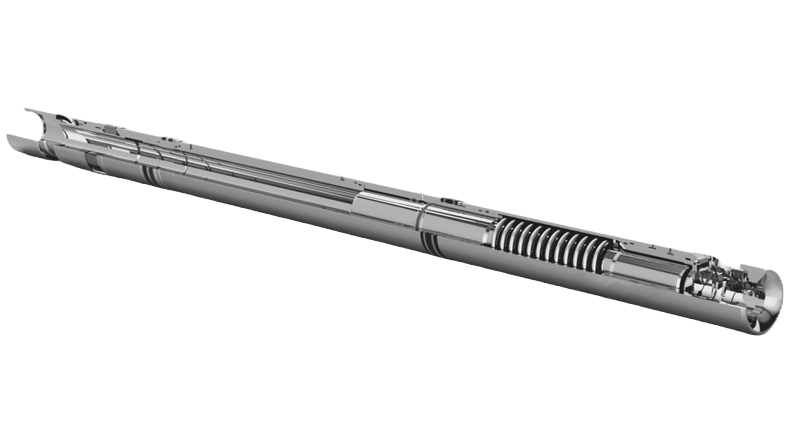
5 1/2” SCSSSVs for High-Pressure Well Control
Available sizes: 2 3/8”, 2 7/8”, 3 1/2”, 4”, 4 1/2”, 5”, 5 1/2'” and 7”.
The 5 1/2" Surface-Controlled Subsurface Safety Valve (SCSSSV) serves a critical safety function by enabling rapid well shut-in if uncontrolled flow occurs due to equipment malfunction or damage. Positioned in the upper section of the wellbore, this valve acts as a barrier to isolate the production pathway, helping to prevent uncontrolled release of fluids and protect personnel, equipment, and the environment.
Its fail-safe design means that any loss of control pressure or system failure causes the valve to close automatically, ensuring well integrity even in emergency situations. The valve uses a wireline-retrievable flapper mechanism that is surface-controlled, allowing operators to maintain or replace key components without pulling the tubing string—significantly reducing downtime and operational costs.
Engineered for wells utilizing 5 1/2" (139.70 mm) tubing, this valve fits landing nipples with a 4.562” seal bore and supports working pressures up to 5,000 psi. The internal valve diameter of 2.38” is designed to balance flow efficiency and tool passage capability. Additionally, by positioning the sealing surfaces outside the flow path when open, the valve minimizes wear caused by erosive fluids, enhancing durability and service life.
This SCSSSV provides a reliable, maintainable solution for well control in demanding operational environments, combining robust construction with practical features to support continuous production and rapid emergency response.
View Details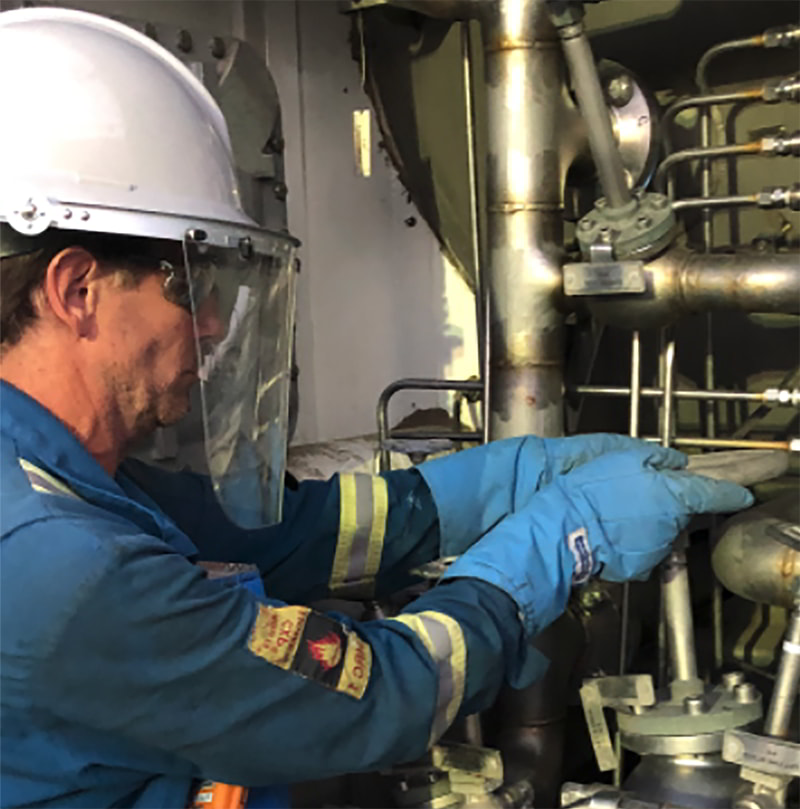
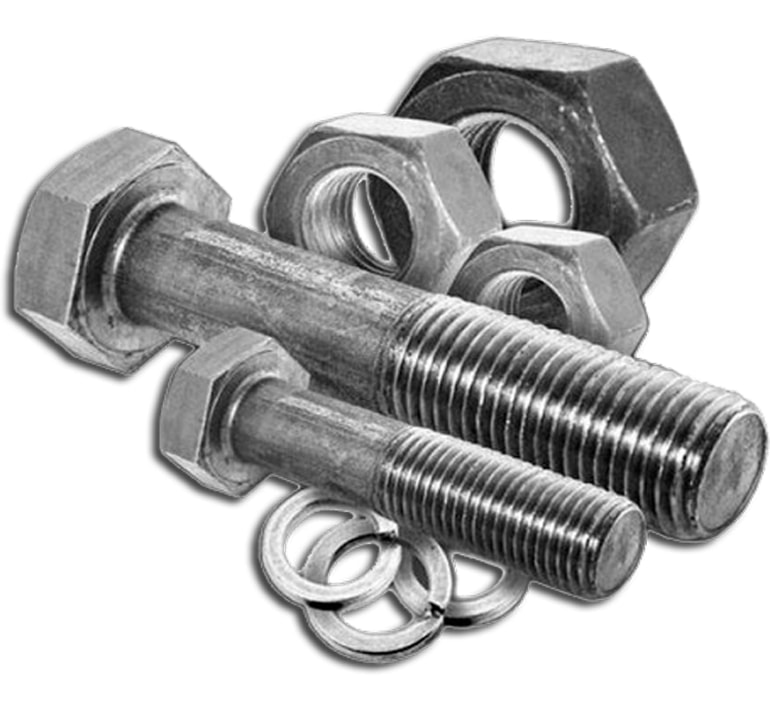
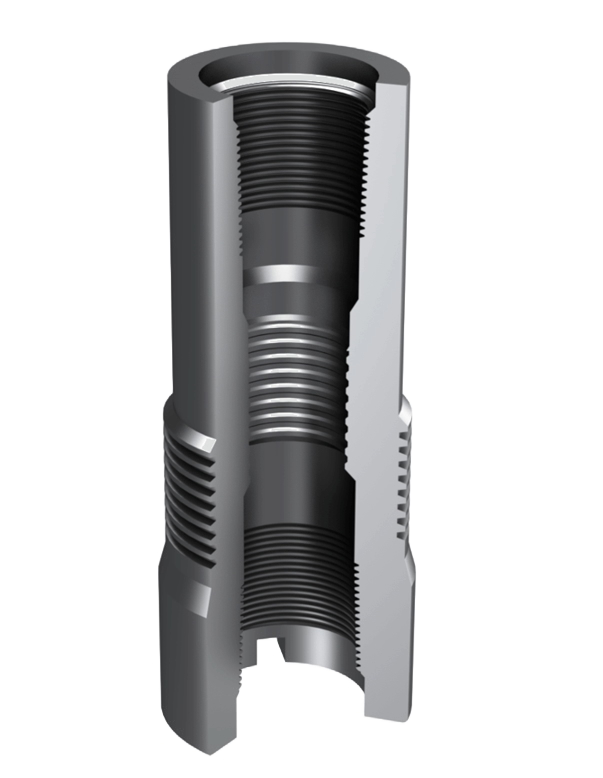
Tubing Hanger Coupling - 4 ½” to 2 7/8”
The 4 ½ x 2 7/8” Tubing Hanger Coupling is a specialized connection component used in oil and gas wellhead systems to join two different sizes of upset tubing—4 ½-inch and 2 7/8-inch. This size combination is commonly selected when there is a need to transition from a wider tubing hanger profile to a smaller production string, without significantly restricting flow or compromising mechanical strength. The slightly larger 2 7/8” production tubing allows for greater internal flow area than smaller alternatives, making this configuration well-suited for completions that aim to support moderate to high production rates.
The coupling is designed with a union nut mechanism, which enables installation without rotating the Christmas tree or disturbing other surface equipment. This simplifies operations, especially in space-limited or sensitive surface environments. Both the top and bottom threads of the coupling can be manufactured to meet specific customer requirements, ensuring compatibility with a range of tubing string designs. Additionally, the coupling is threaded to accommodate a back pressure valve, offering an important safety feature by allowing well pressure to be managed during maintenance or pressure control procedures.
Constructed from high-grade steel and compliant with API standards, the 4 ½ x 2 7/8” Tubing Hanger Coupling offers high durability, corrosion resistance, and the mechanical integrity required for challenging downhole conditions. By supporting a secure, pressure-tight connection between tubing sizes, it plays a key role in maintaining well integrity and operational efficiency in various oil and gas production scenarios.
View Details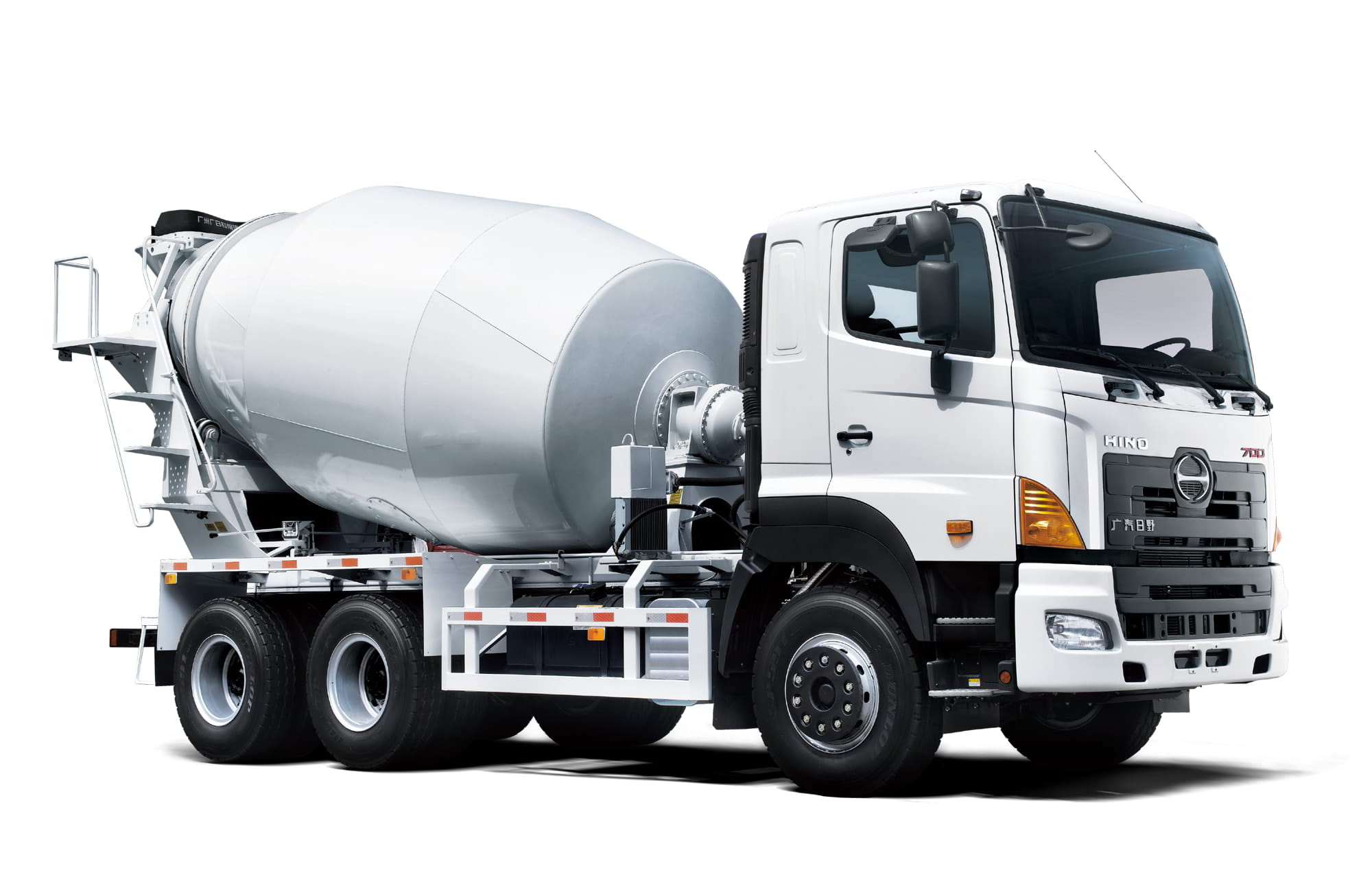
Cement Truck for delivery of constuction concrete in high reliability environments
The cement truck has a drum that turns while the truck is moving to keep the concrete agitated and in a liquid state until it’s ready for delivery to the right location. Inside the drum is a multi-purpose blade and reversing the blade then allows the concrete to be lifted out of the drum. View Details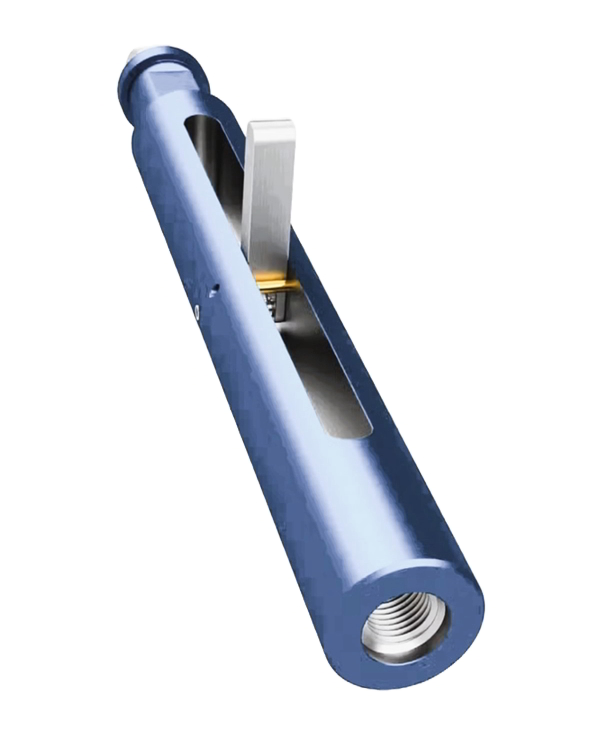
The 3” Tubing End Locator is a mechanical downhole tool used to identify the precise end of a 3-inch production tubing string during well intervention operations. It provides a clear physical indication when the tool reaches the bottom of the tubing, helping to ensure accurate placement of equipment inside the well.
Designed specifically for tubing with a 3-inch outer diameter, the tool features a maximum outside diameter of 2.500 inches. This sizing ensures smooth movement within the tubing while maintaining close contact, allowing the tool to operate effectively without the risk of sticking or misalignment. At the core of the design is a spring-loaded finger mechanism that extends outward when the tubing end is reached. This mechanical movement is transmitted to the surface as a tactile response, signaling that the tubing bottom has been contacted.
The tool includes standard threaded connections—such as a 15/16 - 10 UN pin on the top and a 1 - 11 ½ NPT box on the bottom—which makes it compatible with a variety of toolstring configurations. It can be easily incorporated into slickline, wireline, or coiled tubing assemblies without the need for special adapters.
Constructed from durable, corrosion-resistant materials, the tubing end locator is built to perform reliably in downhole environments that involve high pressure, elevated temperature, and exposure to fluids. Its fully mechanical operation ensures a high level of dependability and minimizes the need for maintenance, especially in conditions where electronic systems may not be suitable.
The 3” Tubing End Locator is a practical solution for confirming tubing depth when preparing the well for further intervention.
View Details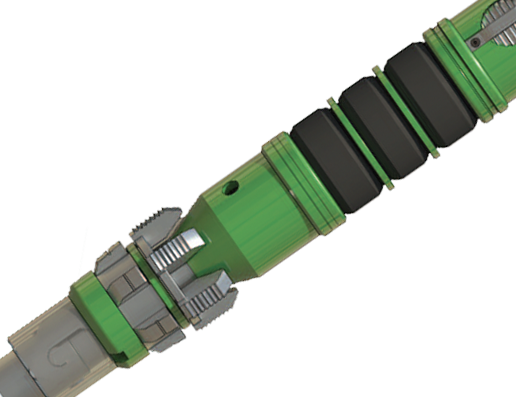
7" Mech-2 Double Grip Mechanical Set Packer for 17-20 PPF Casing
Ballycatter Mech-2 Double Grip Mechanical Packer
Available sizes: 5”, 5 1/2”, 6 5/8”, 7”, 9 5/8”, and 10 3/4”
The Ballycatter Mech-2 is a retrievable, compression-set double-grip mechanical packer designed for applications where pressure differentials from below are anticipated, such as combined stimulation and production operations. Featuring opposing slips above and below the packing element, the Mech-2 ensures secure bi-directional anchoring within the casing under varying well conditions.
The tool incorporates a built-in hydraulic hold-down system located beneath the face-seal bypass valve, enabling it to resist upward forces during stimulation treatments. A unique “Differential Lock” mechanism utilizes pressure from below the packer to actuate a balance sleeve, generating additional downward force that maintains bypass valve integrity and ensures a reliable seal.
The Mech-2 is mechanically set using a long-stroke mandrel and a J-slot mechanism. Once positioned, right-hand rotation and applied set-down weight close the bypass valve, engage both slip sets, and compress the sealing elements. The formation below the packer is then fully isolated and accessible only through the tubing. To retrieve, the tubing is raised the full packer length, automatically re-engaging the J-slot and reopening the bypass for pressure equalization and circulation.
With its dual-grip design, hydraulic hold-down, and controlled setting and release process, the Mech-2 offers a robust and dependable solution for demanding applications requiring secure annular isolation and enhanced downhole stability.
View Details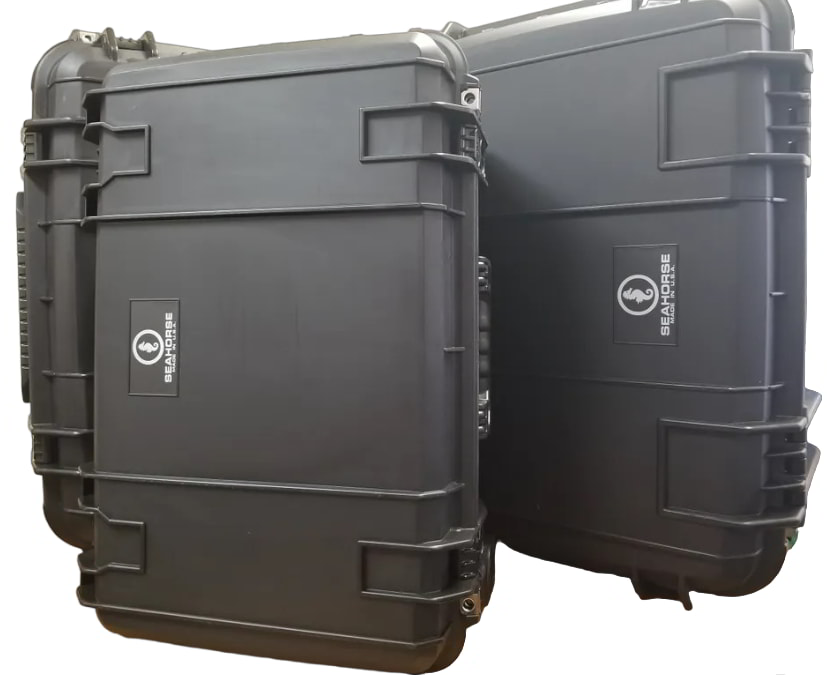
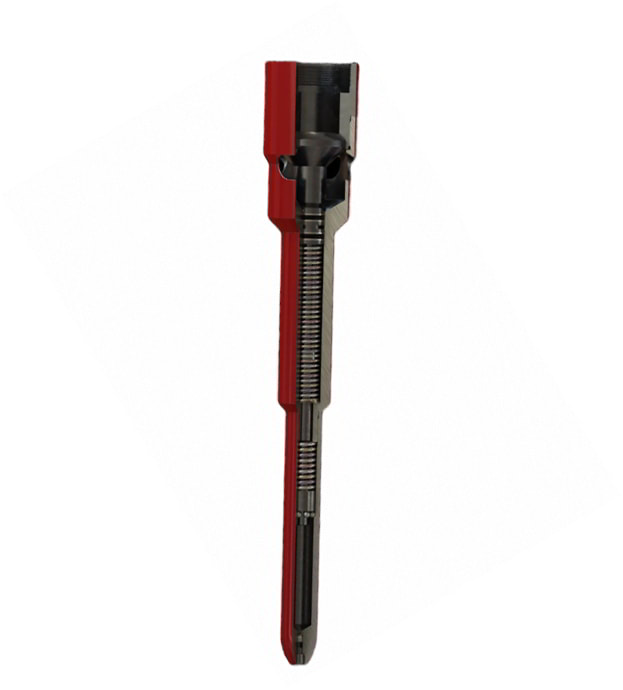
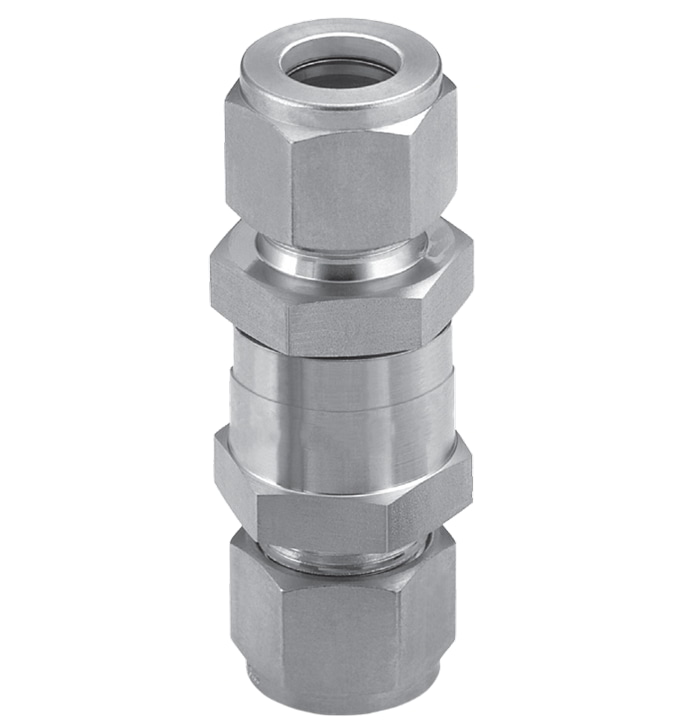
Check Valve Poppet Type – Tube Ends 1/4" NPT – 6000 PSI – ISO 9001
The Check Valve Poppet Type with 1/4" NPT tube ends is a compact, high-performance valve designed to provide reliable one-way flow control in hydraulic and pneumatic systems. Built for demanding applications, this valve is rated up to 6000 PSI working pressure, making it suitable for both high-pressure and industrial environments.
The poppet design ensures a tight seal when backflow occurs, preventing fluid from moving in the reverse direction while allowing free flow in the intended direction. This not only protects sensitive system components but also maintains system efficiency by eliminating leakage.
With a cracking pressure typically available from 1 to 25 psi, the valve can be selected to suit specific operational needs, ensuring smooth opening without unnecessary resistance. The female NPT tube end connection provides a secure, leak-free fit, compatible with a wide range of standard piping and tubing systems. Constructed from durable stainless steel or carbon steel depending on configuration, the valve offers excellent resistance to wear, corrosion, and high-pressure fatigue.
Commonly used in oil and gas, the poppet-type check valve provides consistent performance, low maintenance requirements, and long service life.
Its simple yet effective design ensures operators can trust it in critical applications where preventing reverse flow is essential for safety and operational reliability.
View Details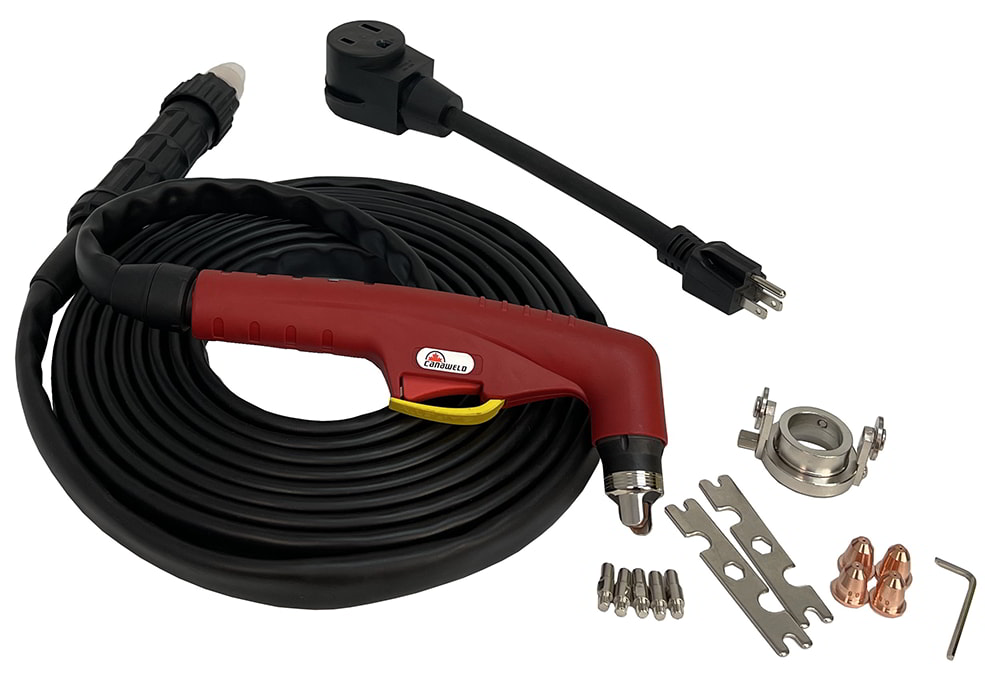
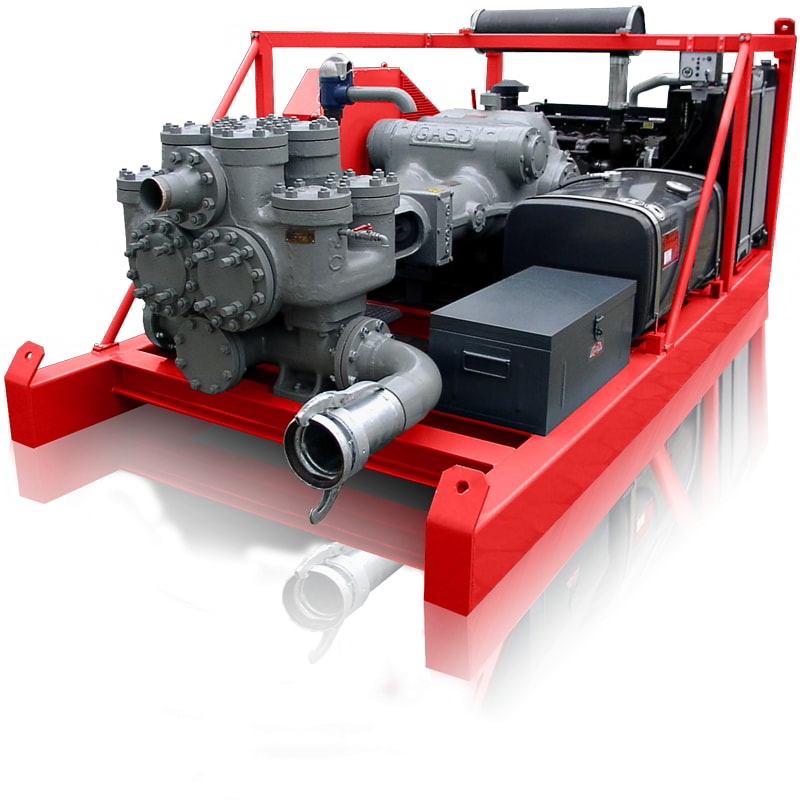
Mud pump for circulating and drilling in extreme conditions
The Bomco Triplex Mud Pump has a herringbone design and is interchangeable with the Continental Emsco FB model. Mud pumps serve as the heart of the mud circulating system. Reciprocating piston pumps (also called slush pumps or power pumps) are widely used for drilling oil and gas wells. The advantages of the reciprocating positive-displacement pump include the ability to move high-solids-content fluids laden with abrasives, the ability to pump large particles, ease of operation and maintenance, reliability, and the ability to operate over a wide range of pressures and flow rates by changing the diameters of the compression cylinders (pump liners) and pistons. A pump that has single-action strokes in three cylinders is called a triplex pump. View Details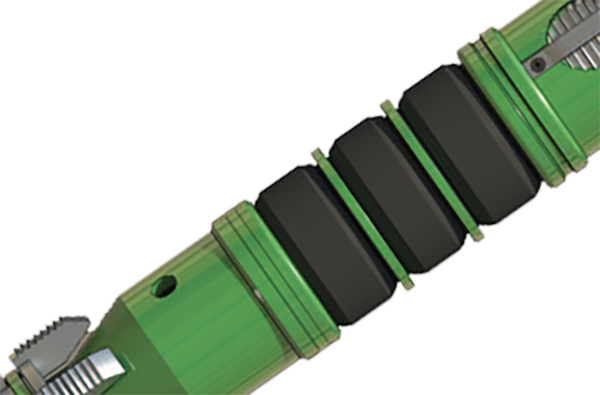
7" Mech-2 Double Grip Mechanical Set Packer for 20-26 PPF Casing
Ballycatter Mech-2 Double Grip Mechanical Packer
Available sizes: 5”, 5 1/2”, 6 5/8”, 7”, 9 5/8”, and 10 3/4”
The Ballycatter Mech-2 is a retrievable, compression-set double-grip mechanical packer designed for applications where pressure differentials from below are anticipated, such as combined stimulation and production operations. Featuring opposing slips above and below the packing element, the Mech-2 ensures secure bi-directional anchoring within the casing under varying well conditions.
The tool incorporates a built-in hydraulic hold-down system located beneath the face-seal bypass valve, enabling it to resist upward forces during stimulation treatments. A unique “Differential Lock” mechanism utilizes pressure from below the packer to actuate a balance sleeve, generating additional downward force that maintains bypass valve integrity and ensures a reliable seal.
The Mech-2 is mechanically set using a long-stroke mandrel and a J-slot mechanism. Once positioned, right-hand rotation and applied set-down weight close the bypass valve, engage both slip sets, and compress the sealing elements. The formation below the packer is then fully isolated and accessible only through the tubing. To retrieve, the tubing is raised the full packer length, automatically re-engaging the J-slot and reopening the bypass for pressure equalization and circulation.
With its dual-grip design, hydraulic hold-down, and controlled setting and release process, the Mech-2 offers a robust and dependable solution for demanding applications requiring secure annular isolation and enhanced downhole stability.
View Details
HP-3 Hydraulic Set High Angle 7" 29-32 PPF Packer
Ballycatter HP-3 High Angle Packer
Available sizes: 5 1/2”, 6 5/8”, 7”, and 9 5/8”
The Ballycatter HP-3 is a hydraulic-set packer engineered for high-angle and deviated well applications, where conventional mechanical or wireline-set tools are not feasible. This packer is particularly suited for single or multi-zone completions, offering flexible deployment in complex well trajectories.
Unlike mechanical systems, the HP-3 requires no tubing movement to set. This enables full well control throughout the operation, as the tubing can be landed and the wellhead installed prior to circulating or displacing fluids.
Key Features:
• Reliable Setting Mechanism: Utilizes dual balanced pistons—one actuates downward to anchor the bi-directional slips, while the other moves upward to compress a three-element packing system. This simultaneous action ensures a secure set and pack-off.
• Three-Element Seal: The packing system uses dual-durometer rubber elements to ensure long-term sealing integrity across a range of downhole conditions.
• Slips & Housing: One-piece, bi-directional slips are housed in a shear-pinned chamber, protected by a full-diameter guide to prevent damage during deployment.
• Release Options: Features a dual-method release system:
• Straight pull via shearing of pre-set screws.
• Right-hand rotation (approx. 8 turns), followed by straight pull.
• Equalization & Retrieval: Built-in equalizing valve opens automatically during release to balance pressures and enable safe retrieval. A large-diameter bypass within the mandrel allows fluid to flow during retrieval, reducing swab effects on the packing elements.
The HP-3 is engineered for reliability, operational flexibility, and full well control—making it a practical choice for complex wellbore geometries.
View Details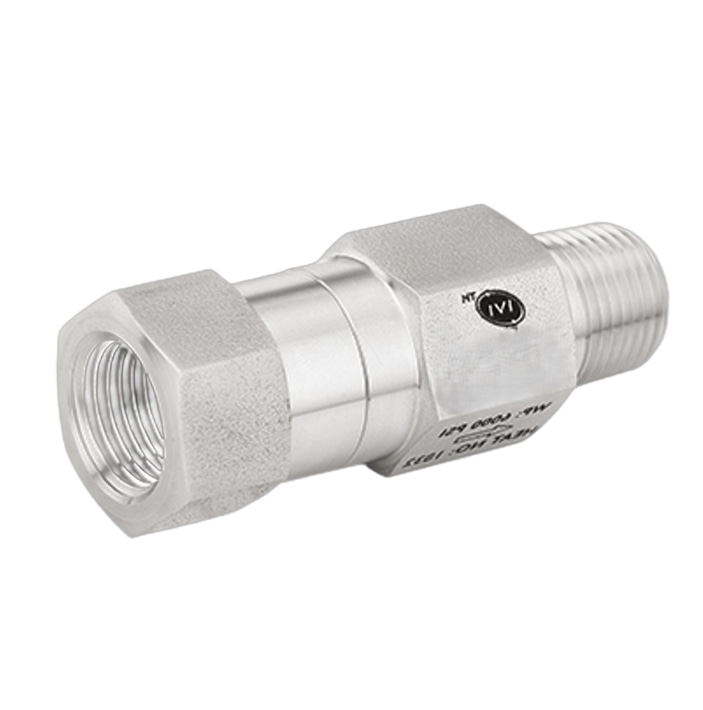
Check Valve Poppet Type – Male x Female 1/2" NPT – 6000 PSI – ISO 9001
The 1/2" poppet type check valve with male × female NPT connections is designed to allow fluid flow in one direction while preventing backflow in oil and gas systems. Its poppet mechanism provides fast response and a positive seal under pressure, protecting pipelines, pumps, and equipment from reverse flow and pressure fluctuations.
The 1/2" size is suitable for medium diameter lines, instrumentation, sampling, and control applications where reliable uni-directional flow is required. Male × female connections enable secure inline installation and integration into existing piping systems without additional fittings, reducing potential leak points and simplifying system layout.
The valve has a standard working pressure of 6000 psi, with optional configurations up to 10000 psi. Selectable cracking pressures range from 1/3 to 25 psi, allowing precise adaptation to system requirements. Construction materials include corrosion-resistant SS 316, SS 316L, Duplex, Super Duplex, Hastelloy C276, Inconel 625, Monel 400, and Brass, ensuring durability in demanding oil and gas environments.
All valves are factory tested for cracking and reseal performance, with pneumatic testing at 1000 psig to verify seat integrity. Heat code traceability ensures quality and material verification, and additional testing including vibration, temperature, and helium is available for critical applications requiring high reliability.
View Details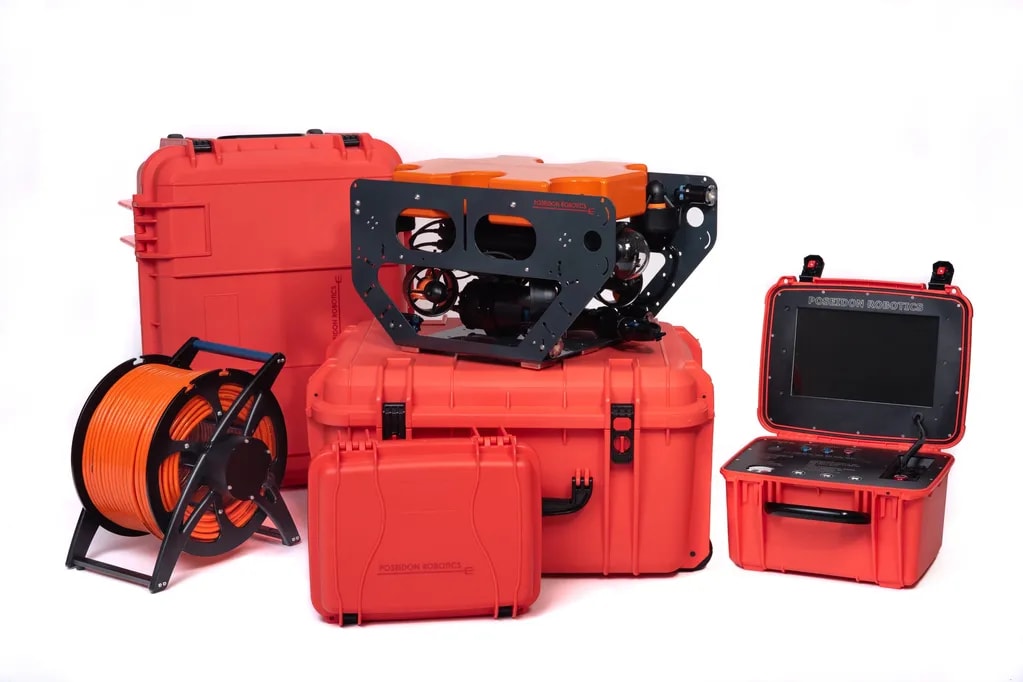
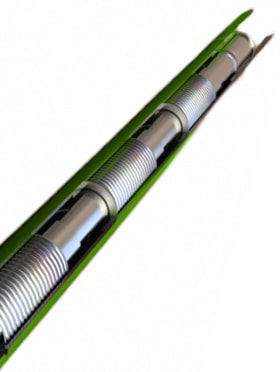
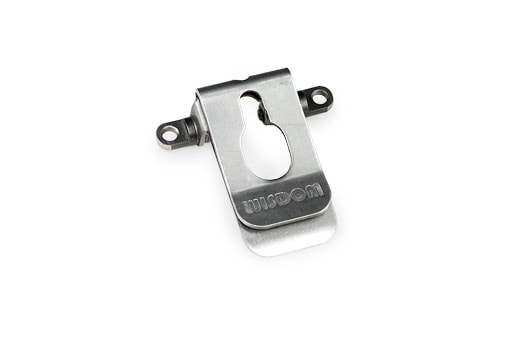
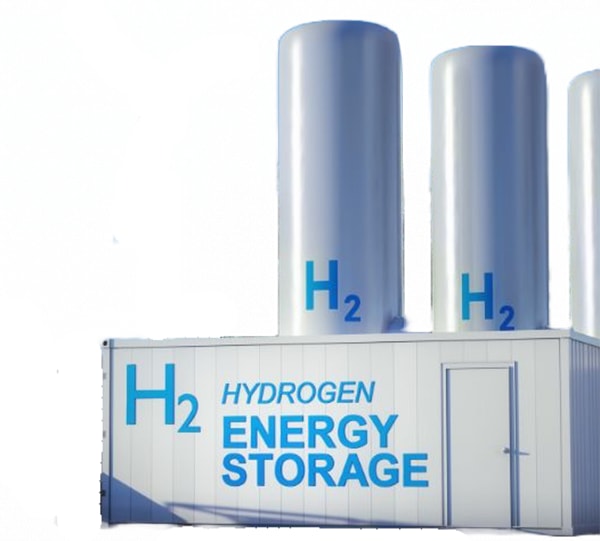
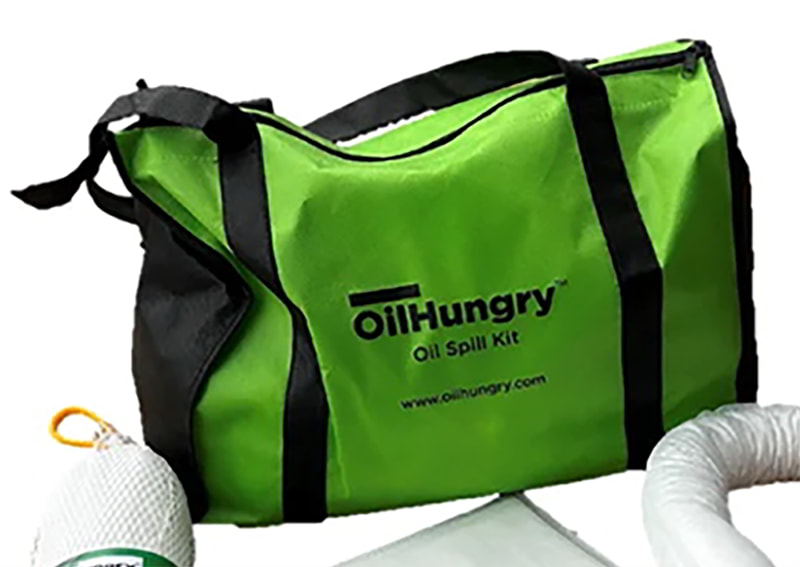
Marine Oil Only Absorbent Spill Kit 4.6-gallon Bag
The absorbent spill kit 4.6-gallon bag contains, 5 Pads 8’ x 11.5” 1 Sorbent Sock 3” x 4ft 1 Bilge 1 Pair Nitrile Gloves 1 Disposal Bag Part number: OH-OOS-BO Use for small spills inside boats and near boat launches. Using an Oil Only Absorbent Spill Kit in a 4.6-gallon bag highly recommended for marine environments. It ensures that you are equipped to address oil spills swiftly and effectively, protecting the marine environment and complying with regulations. 5 Pads 8’ x 11.5” This package includes five absorbent pads, each measuring 8 feet by 11.5 inches. These pads are made for effective liquid cleanup, offering versatility and practicality. These pads are suitable for quick and efficient absorption of liquids, including oils and hydrocarbons. Their compact size and absorbent properties make them an ideal solution for managing spills in diverse industrial, automotive, and emergency response scenarios. 1 Sorbent Sock 3” x 4ft This package comprises a single Sorbent Sock, measuring 3 inches in diameter and 4 feet in length. The sock is made for efficient containment and absorption of liquid spills, particularly oil-based substances. Its mouldable and adaptable nature allows it to conform to different surfaces, making it versatile for diverse spill response applications. Whether used as a standalone solution or as part of a spill kit, this Sorbent Sock provides a targeted and effective response to spills. 1 Bilge A specific component designed for managing bilge water in a marine setting. The bilge component includes absorbent materials tailored for addressing water contaminated with oil or other hydrocarbons in a boat's bilge. This ensures a comprehensive solution for various spill scenarios that might occur on a boat. 1 Pair Nitrile Gloves This package includes 1 pair of Nitrile Gloves, a crucial component of personal protective equipment. Nitrile gloves are essential personal protective equipment (PPE) designed to provide a barrier between the skin and potentially harmful substances, such as oil-based liquids, during spill response and cleanup activities. 1 Disposal Bag Includes 1 Disposal Bag, essential for the proper containment and disposal of used absorbent materials and contaminated items. Disposal Bag is employed to collect and safely contain used absorbent materials, contaminated items, or waste generated during spill cleanup. Proper sealing of the bags ensures that the contained materials can be transported and disposed of in accordance with environmental and regulatory standards. The absorbent spill kit in a 4.6-gallon bag is a complete package for marine use as it incorporates a range of components designed to address spills effectively and safely, whether they involve oil, fuel, or bilge water, ensuring a comprehensive and responsible spill response on boats and ships. View Details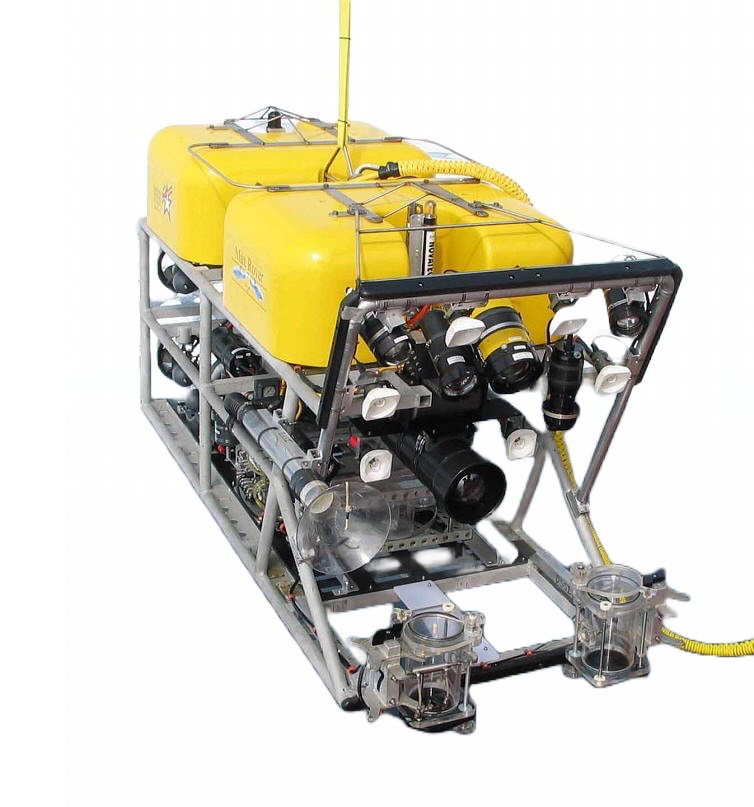
ROV Remote Operated Vehicle for subsea and dive activities
ROV's are underwater machines that can be used to explore ocean depths while being operated remotely by someone at the waters surface by means of an umbilical. Remote operated vehicles provide high quality images and video of subsea infrastructure and can be used to manipulate valves and tools to operate and maintain oil and gas infrastructure. ROV's are used in a wide range of industrial applications and marine research activities without the challenges experienced by human divers. View Details